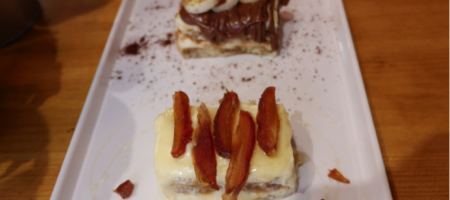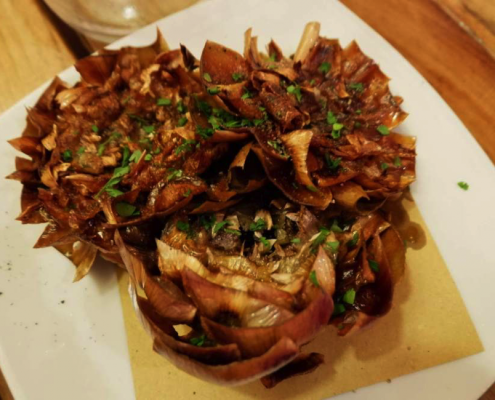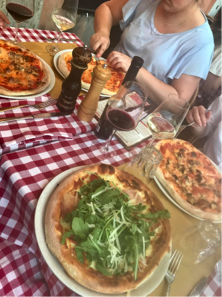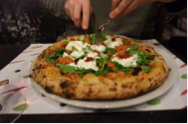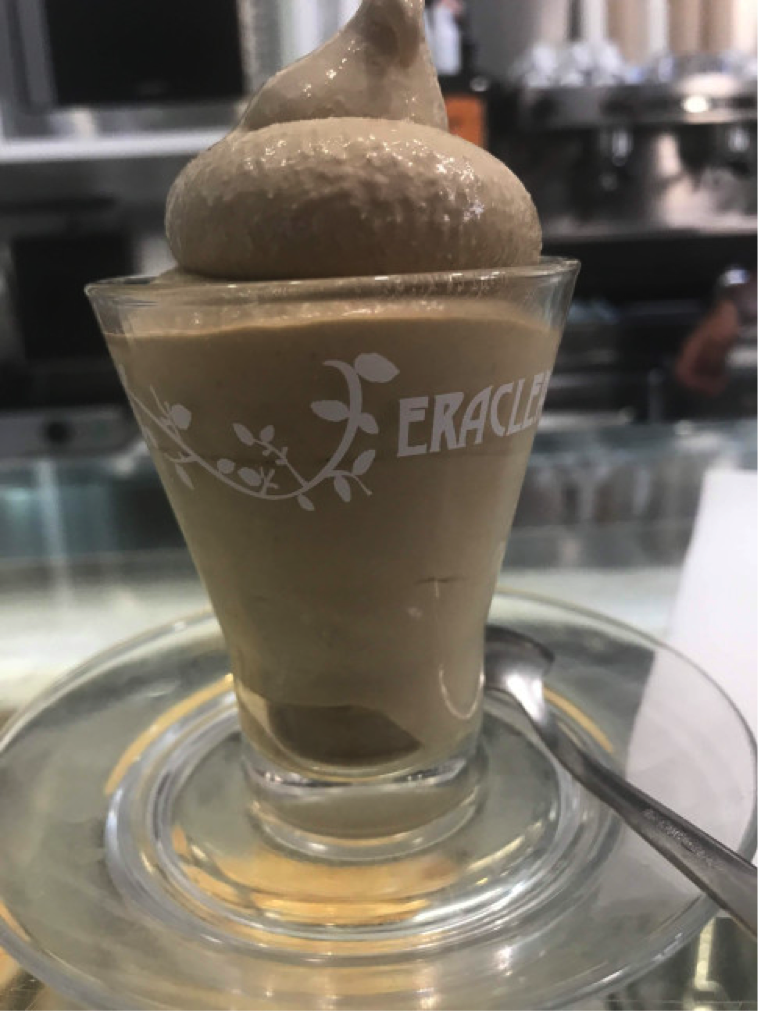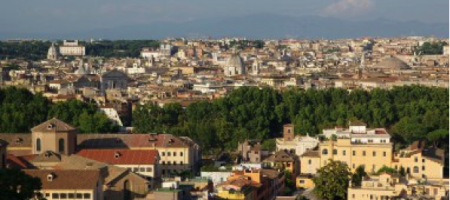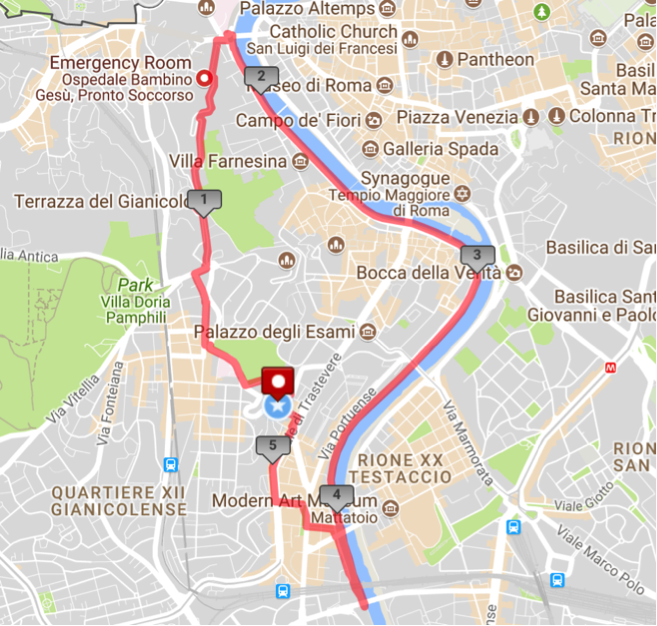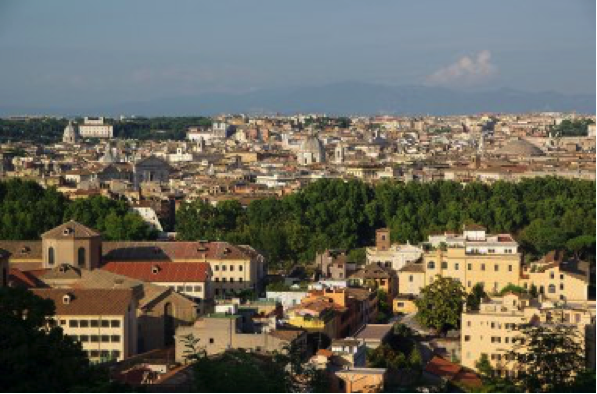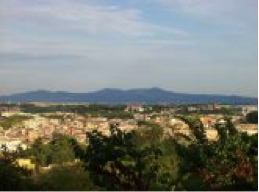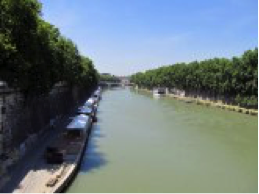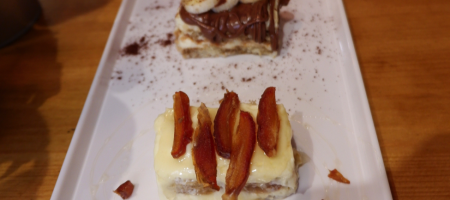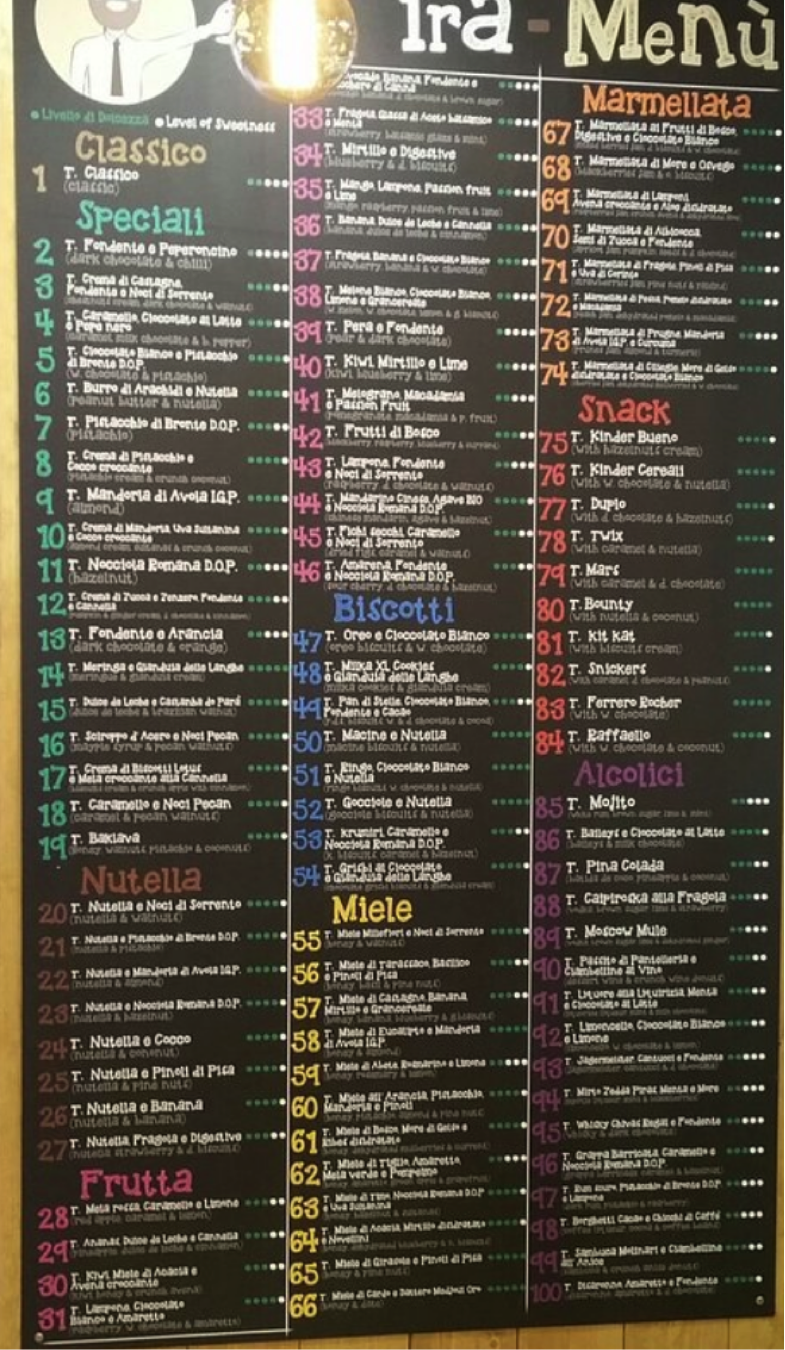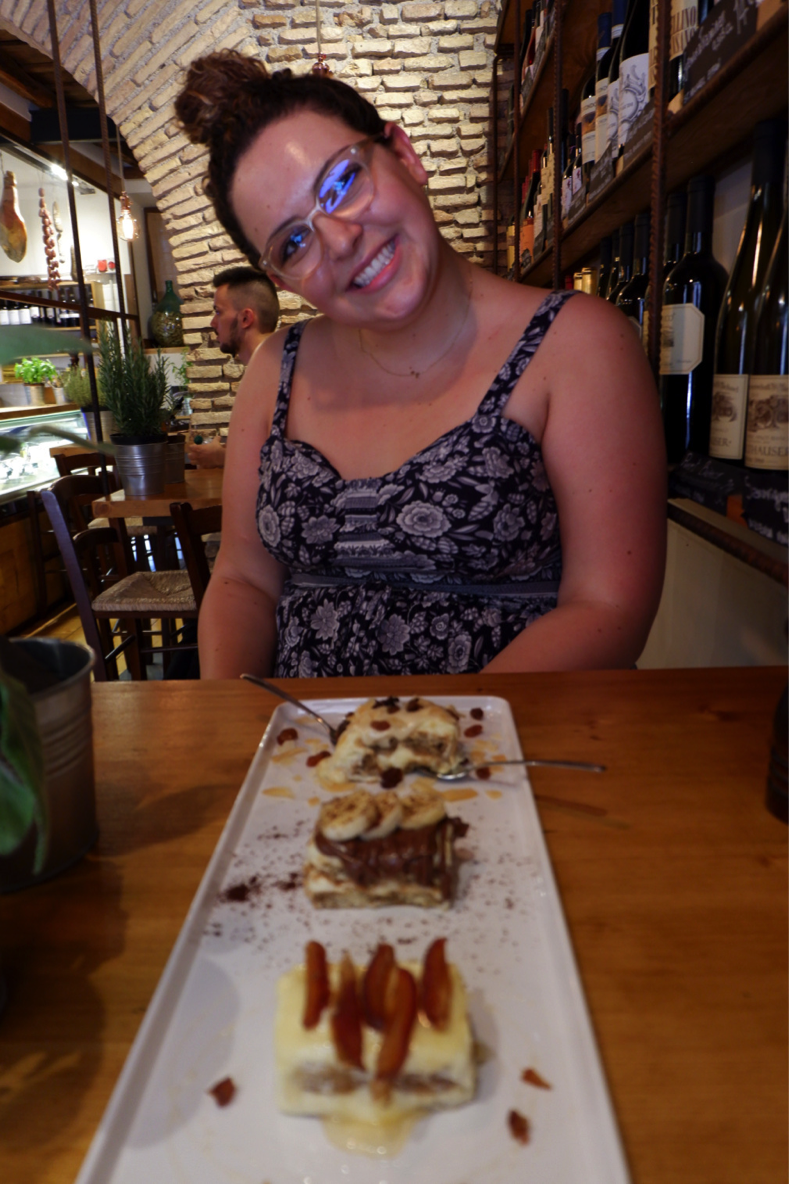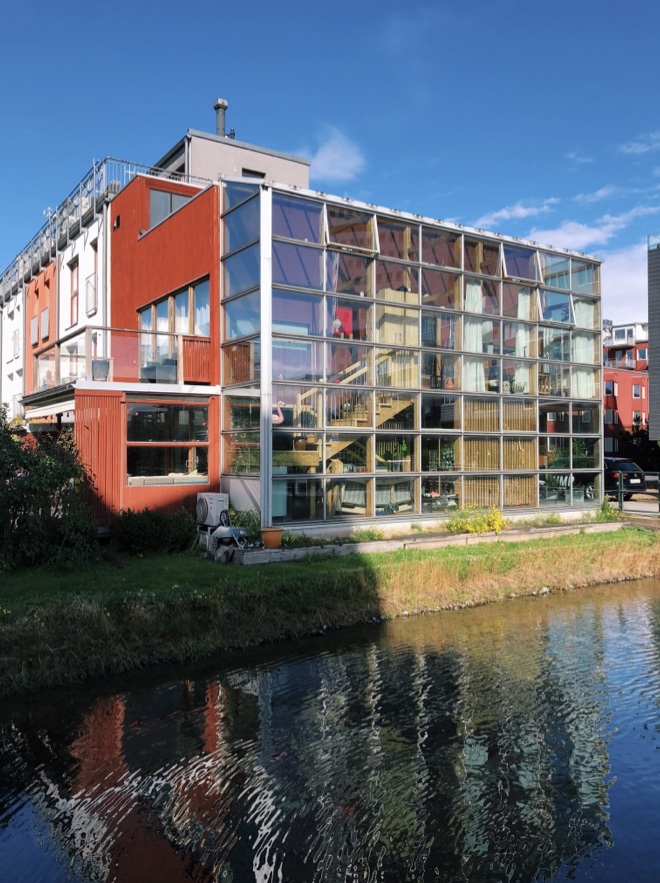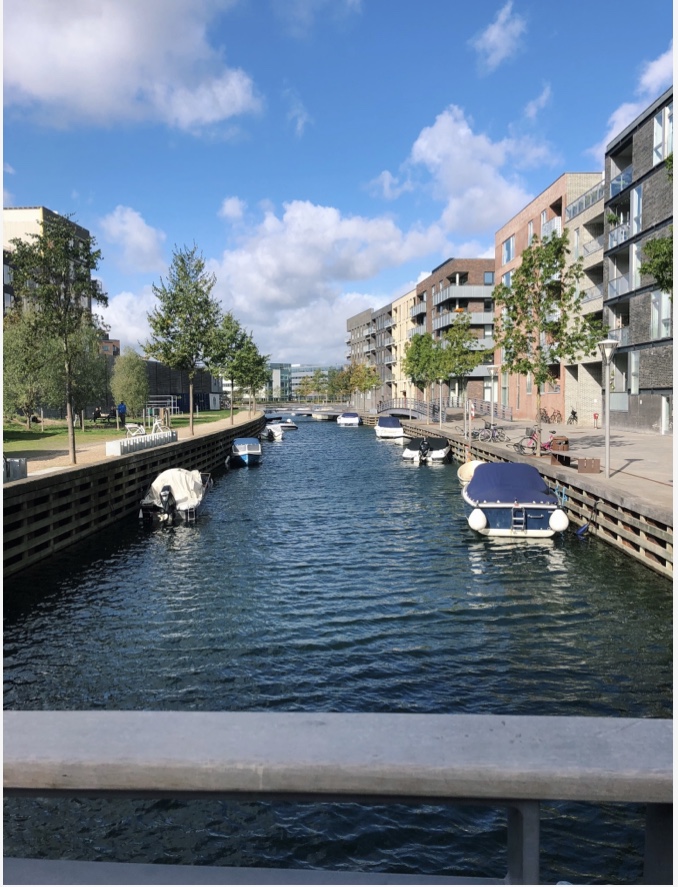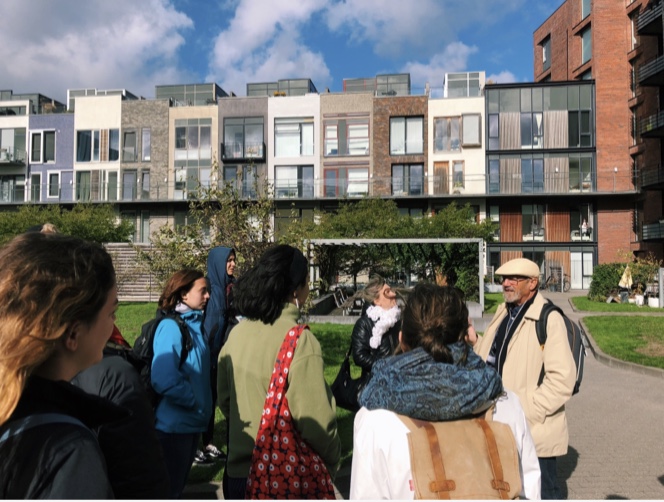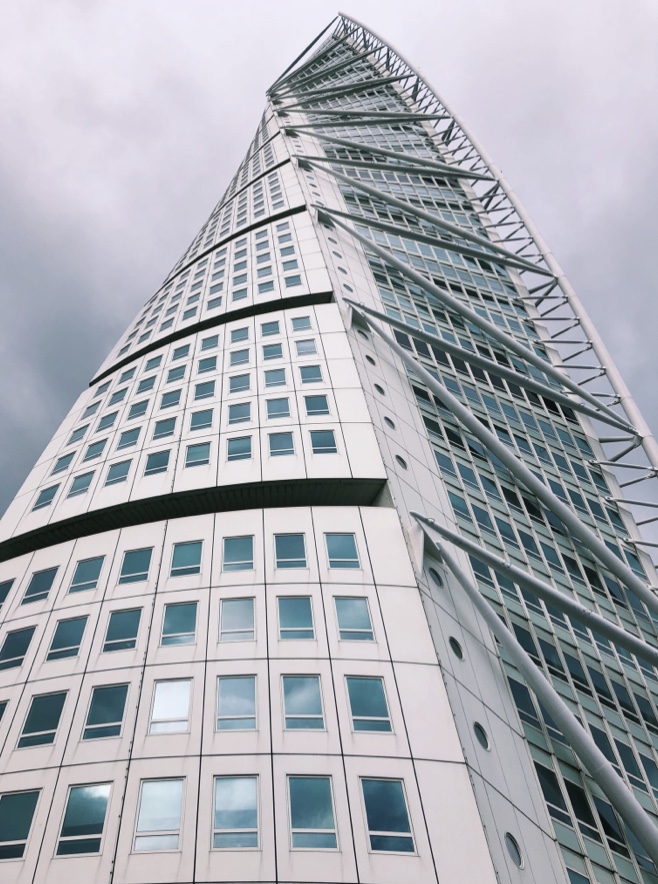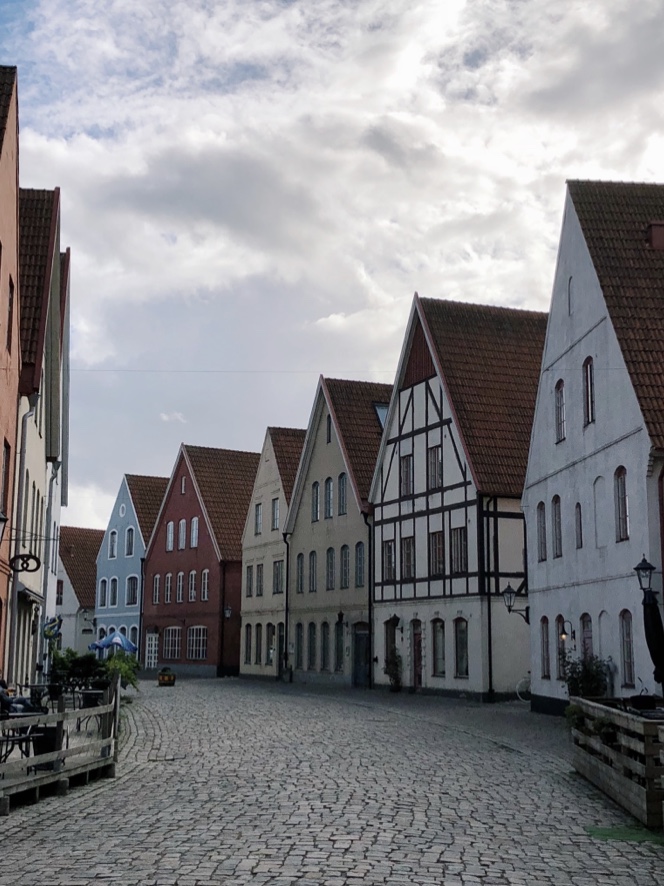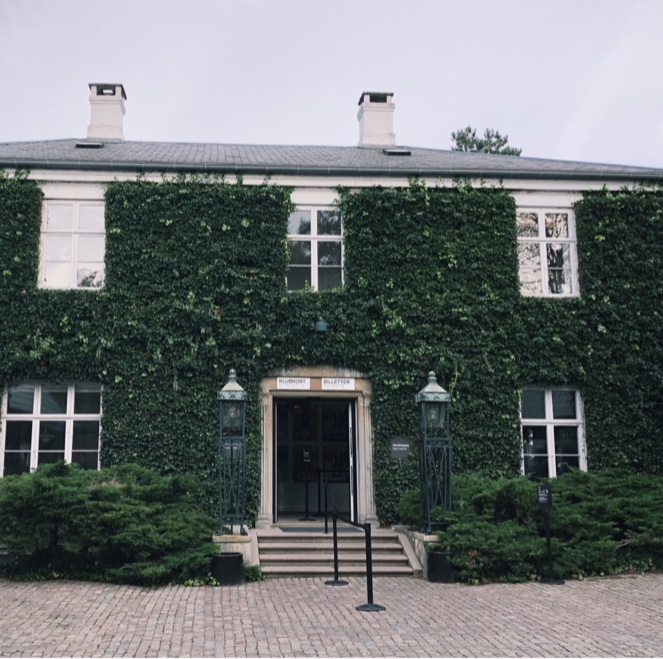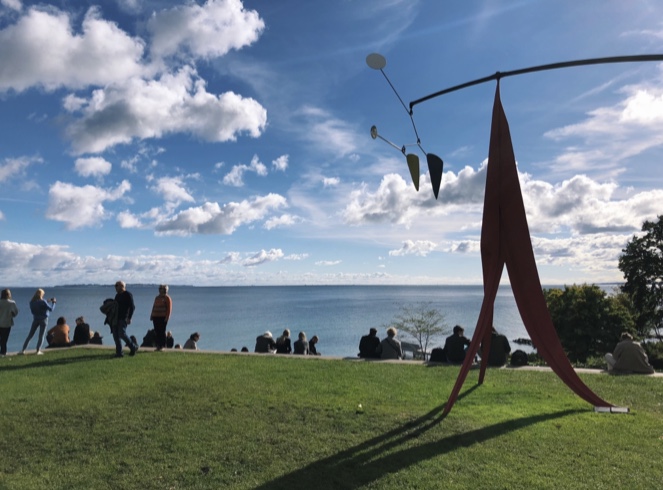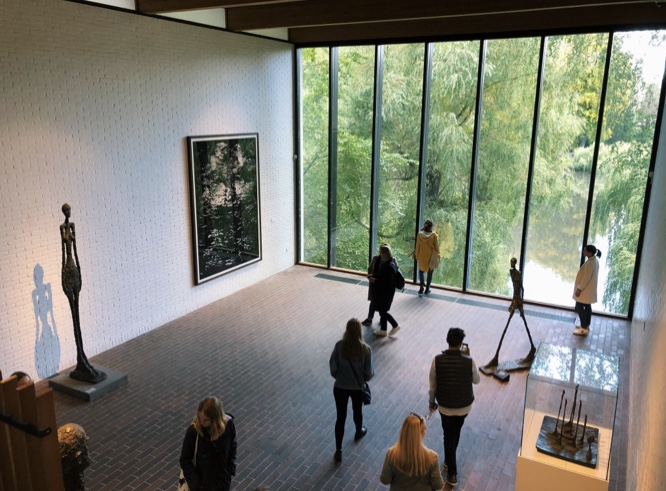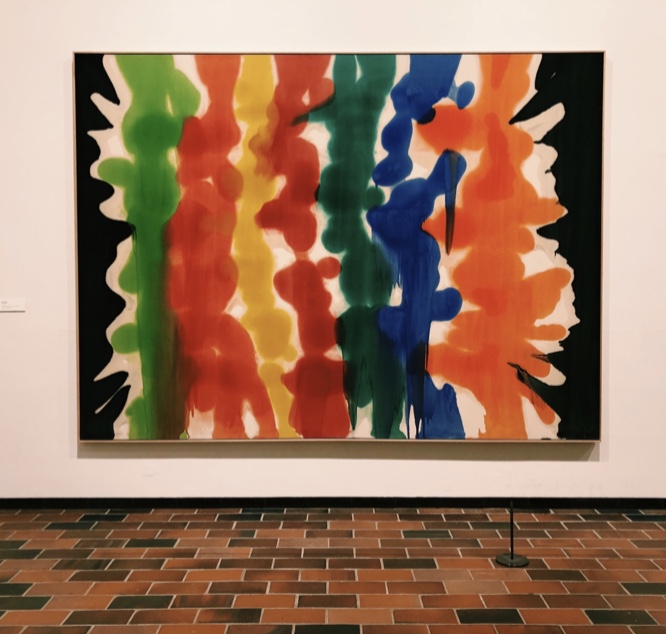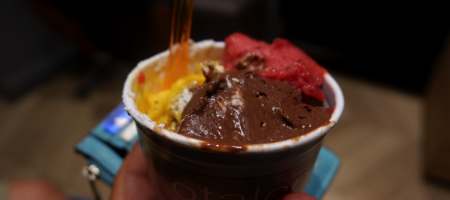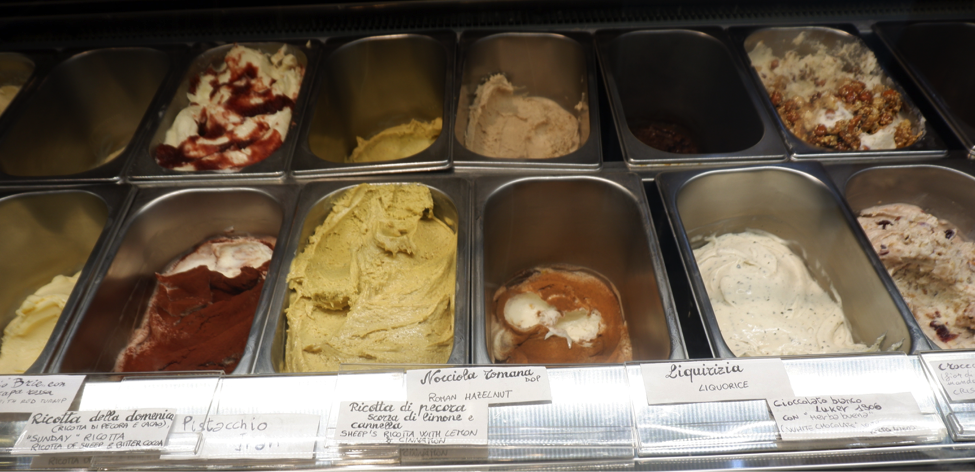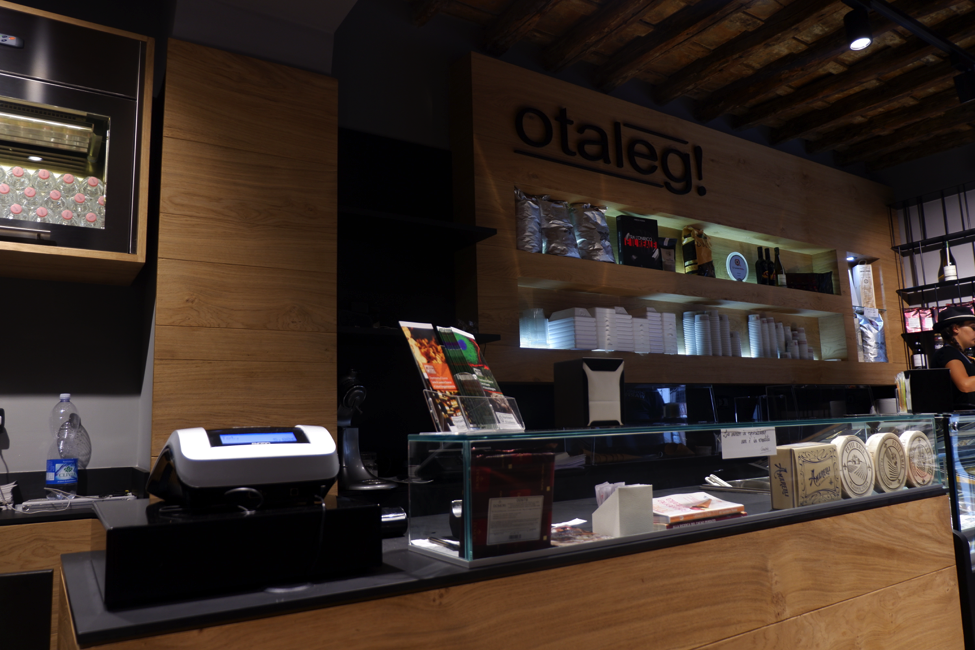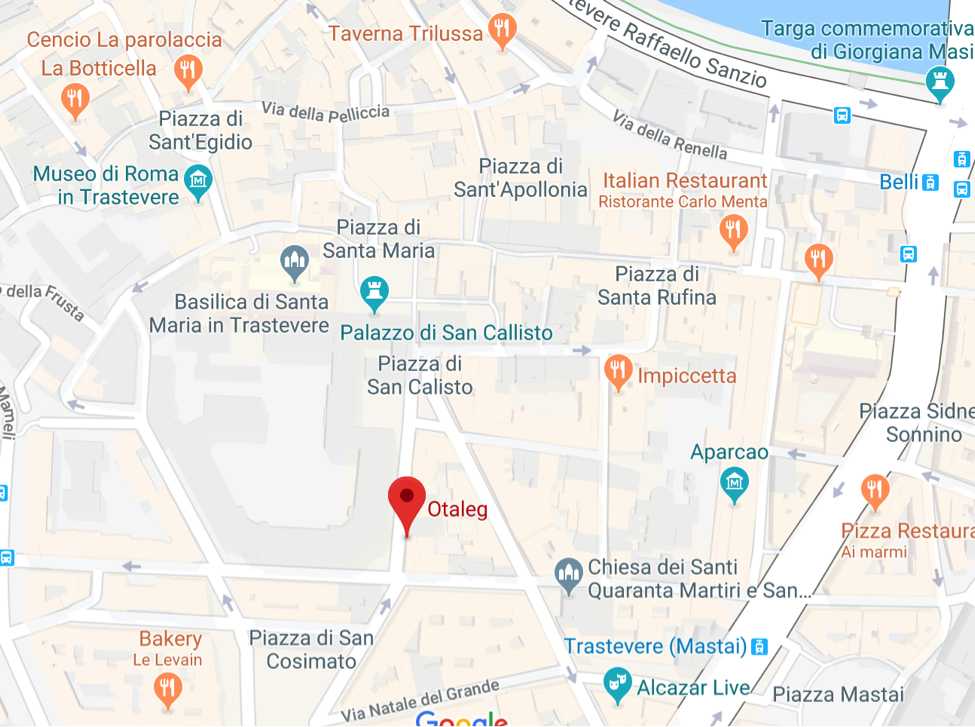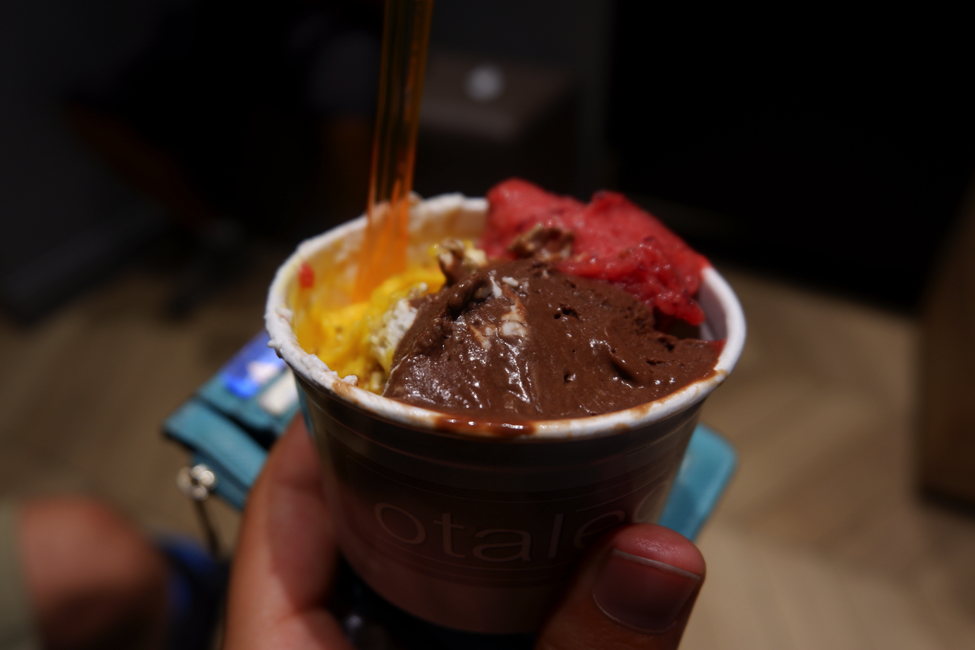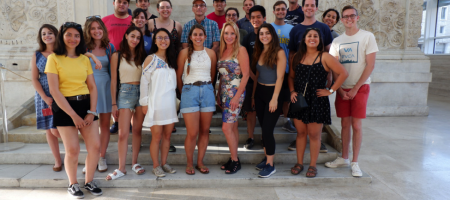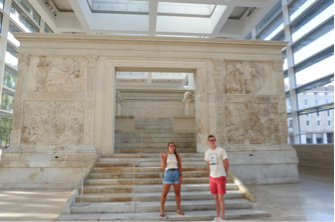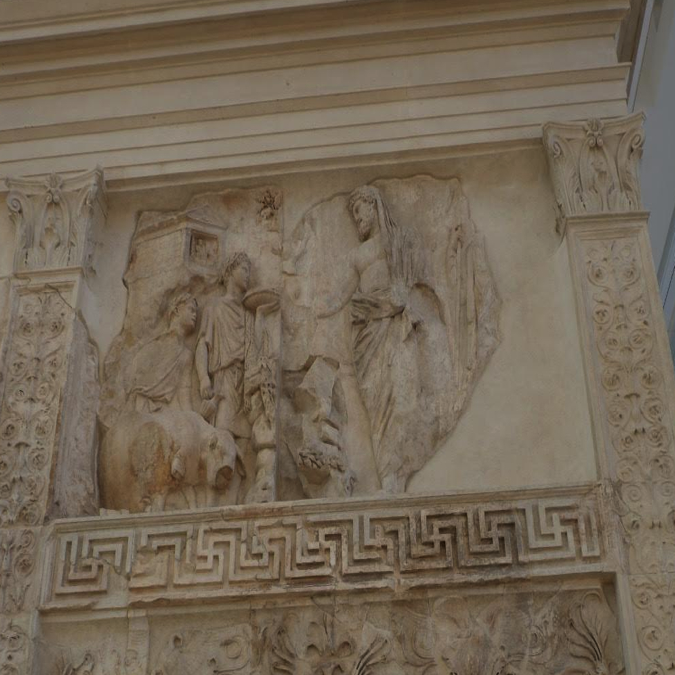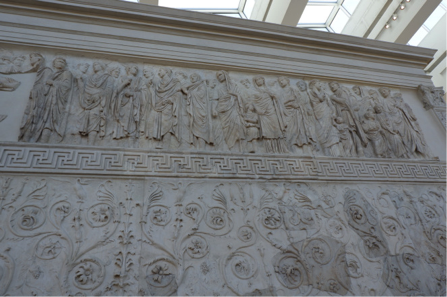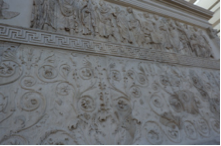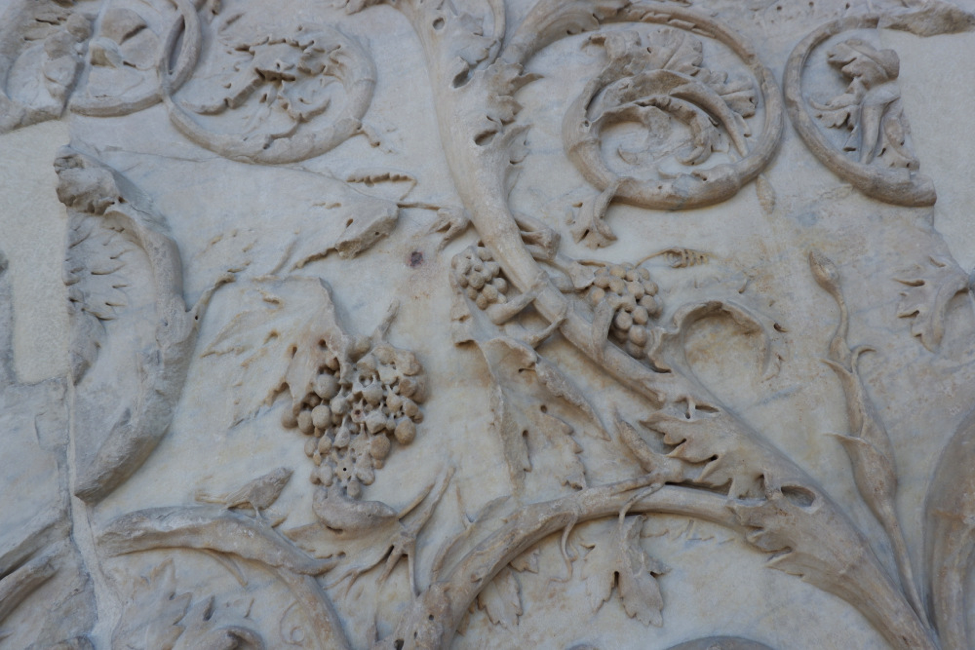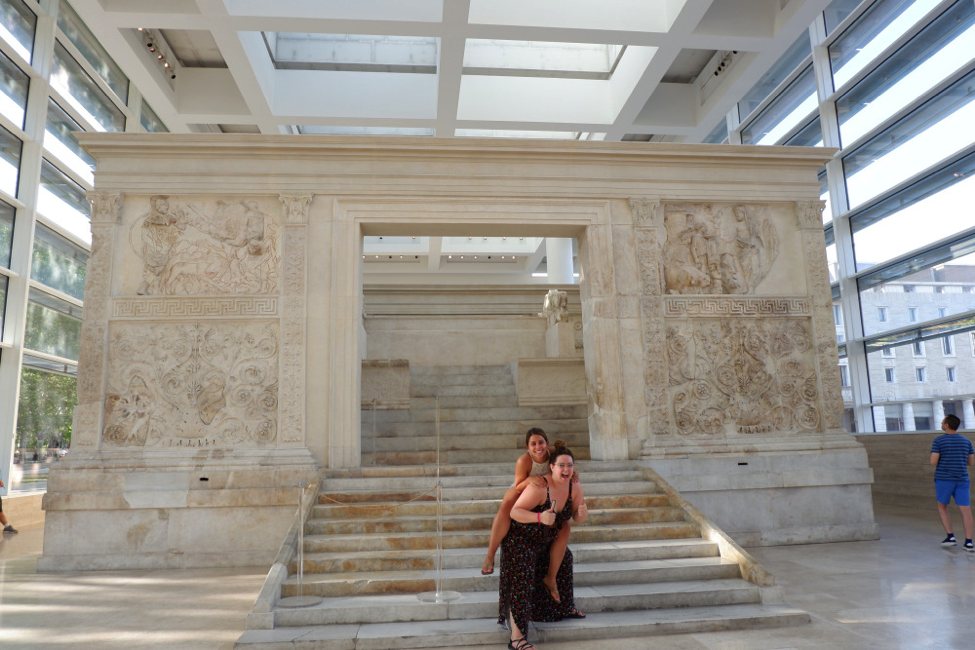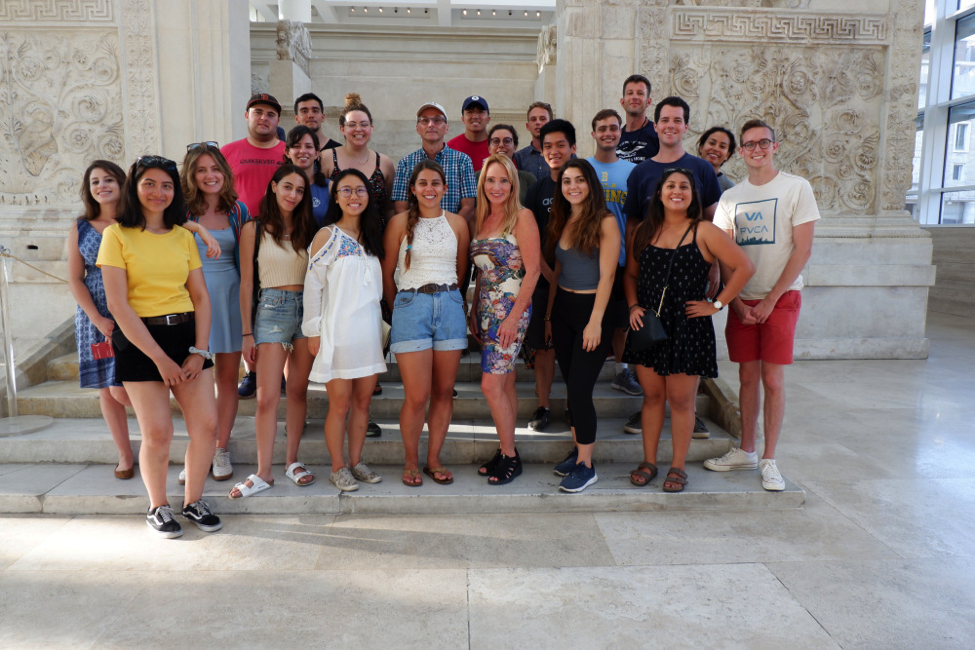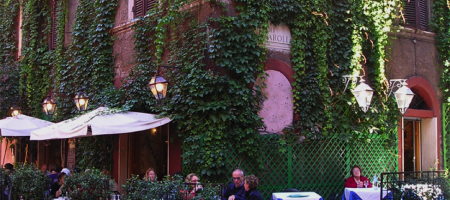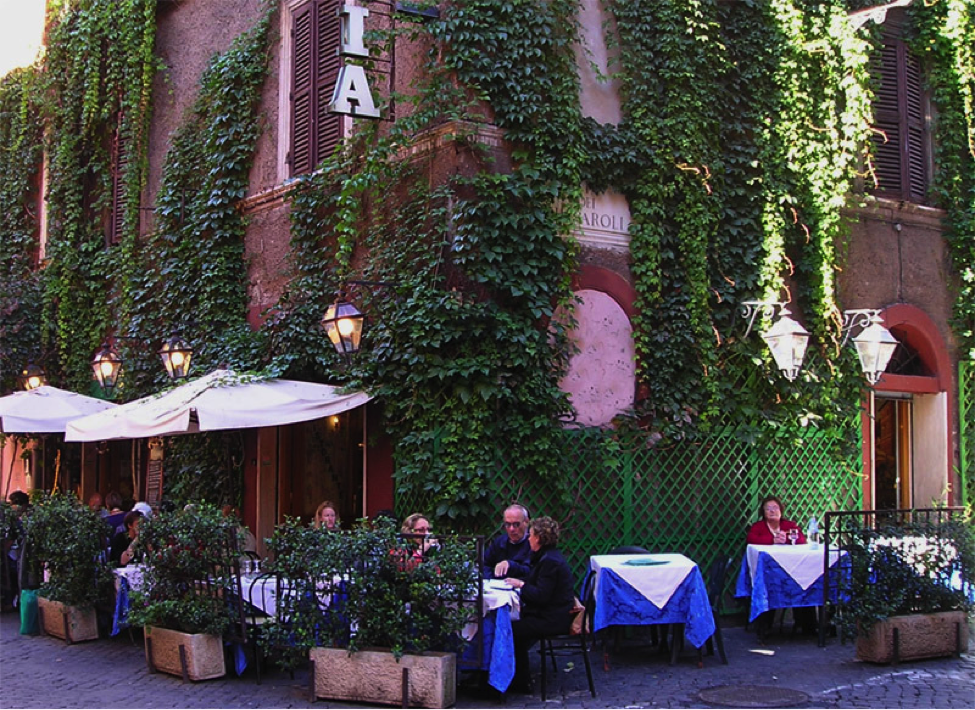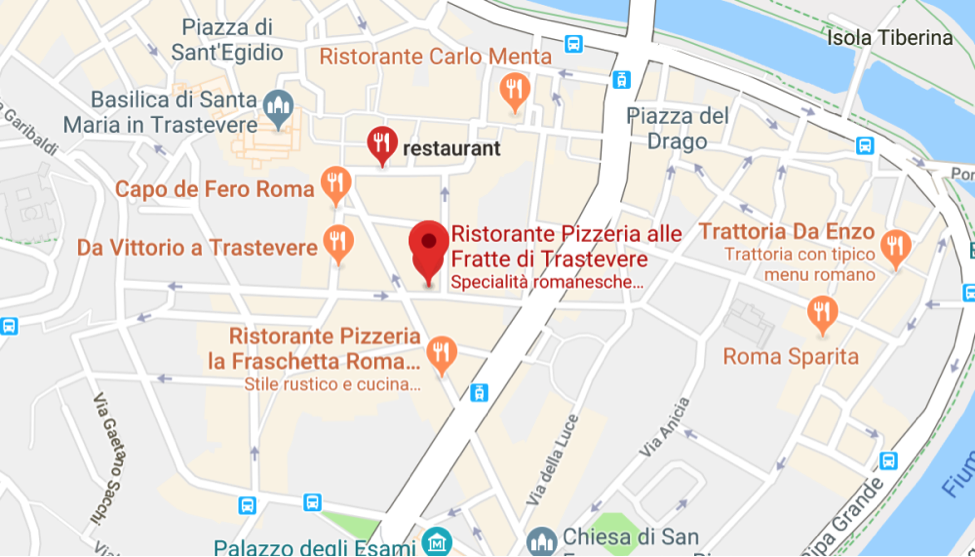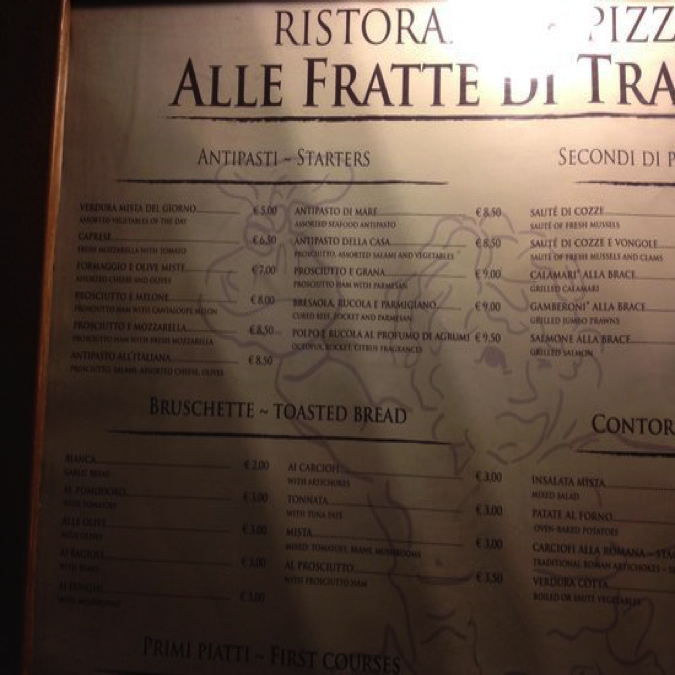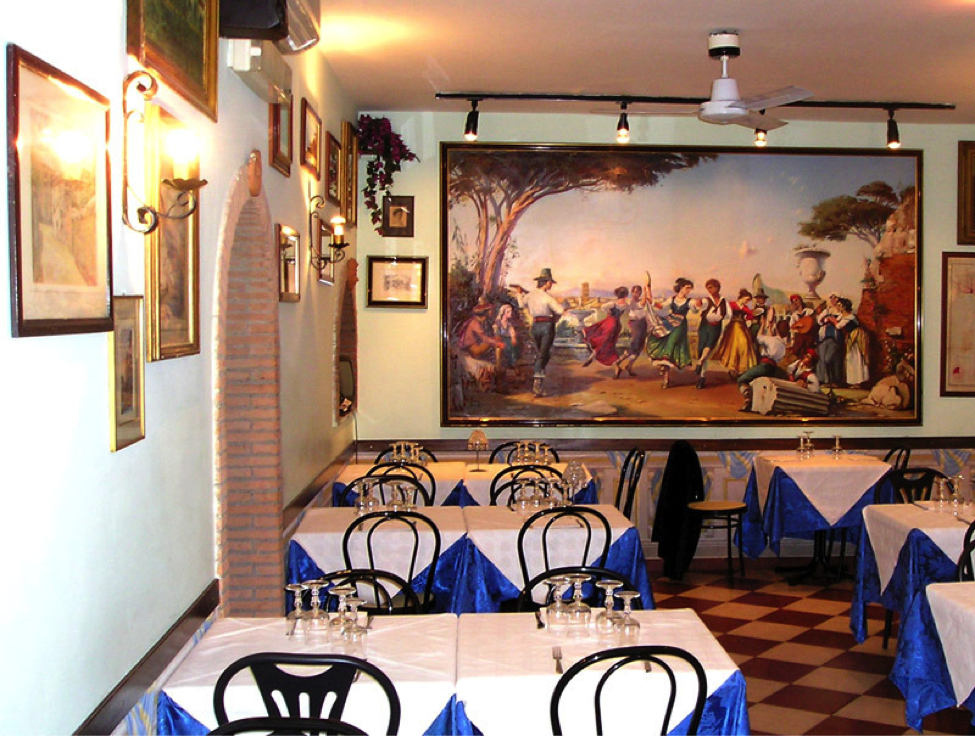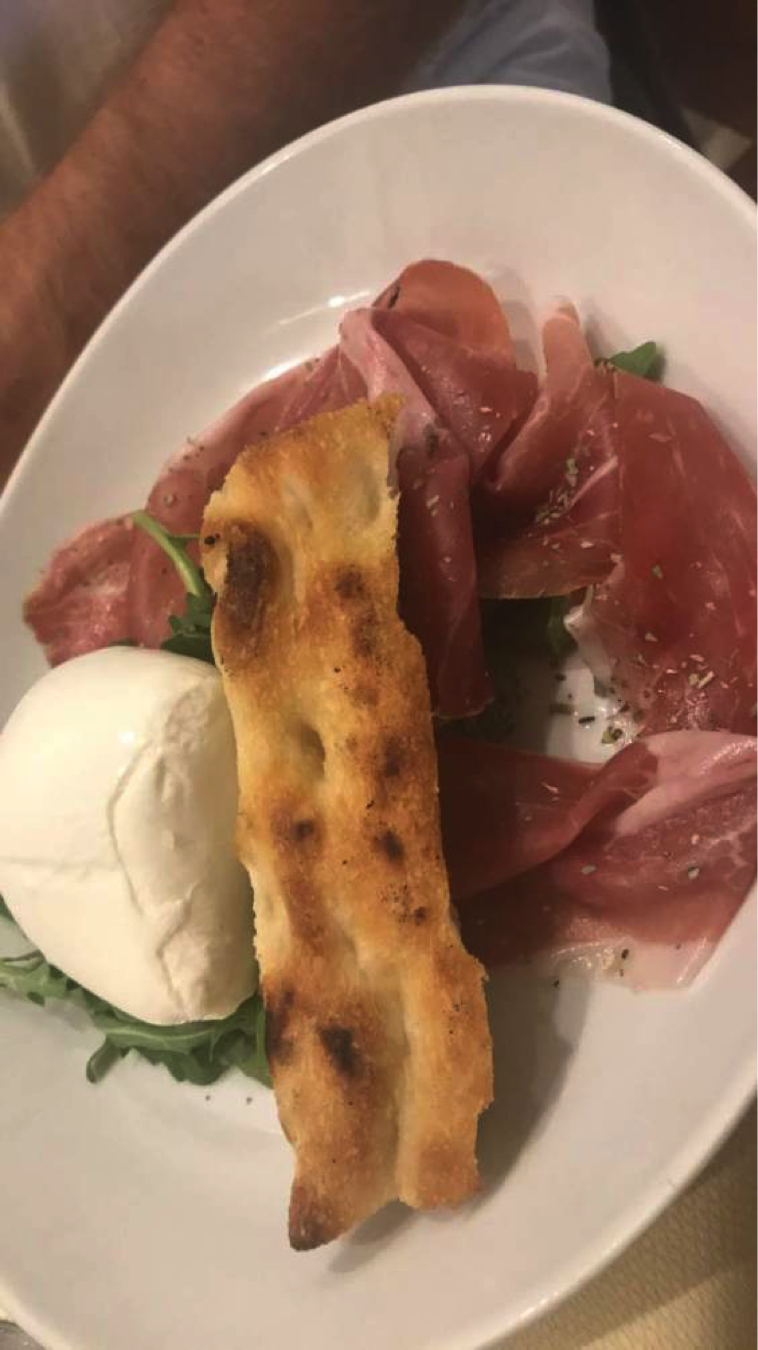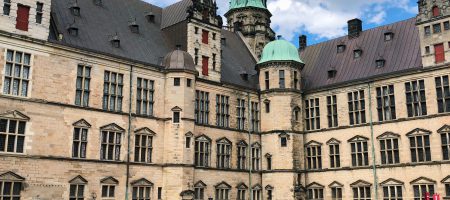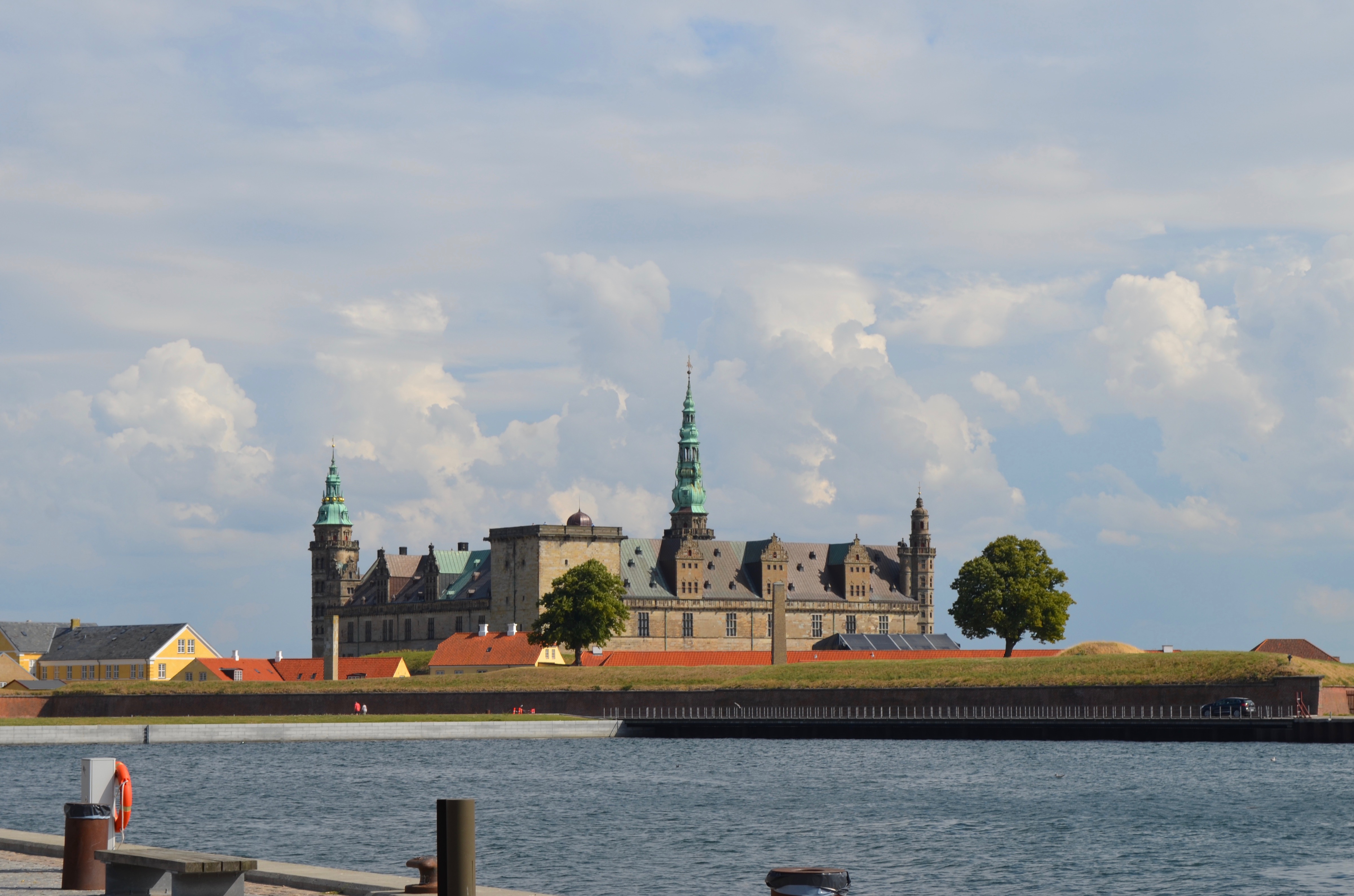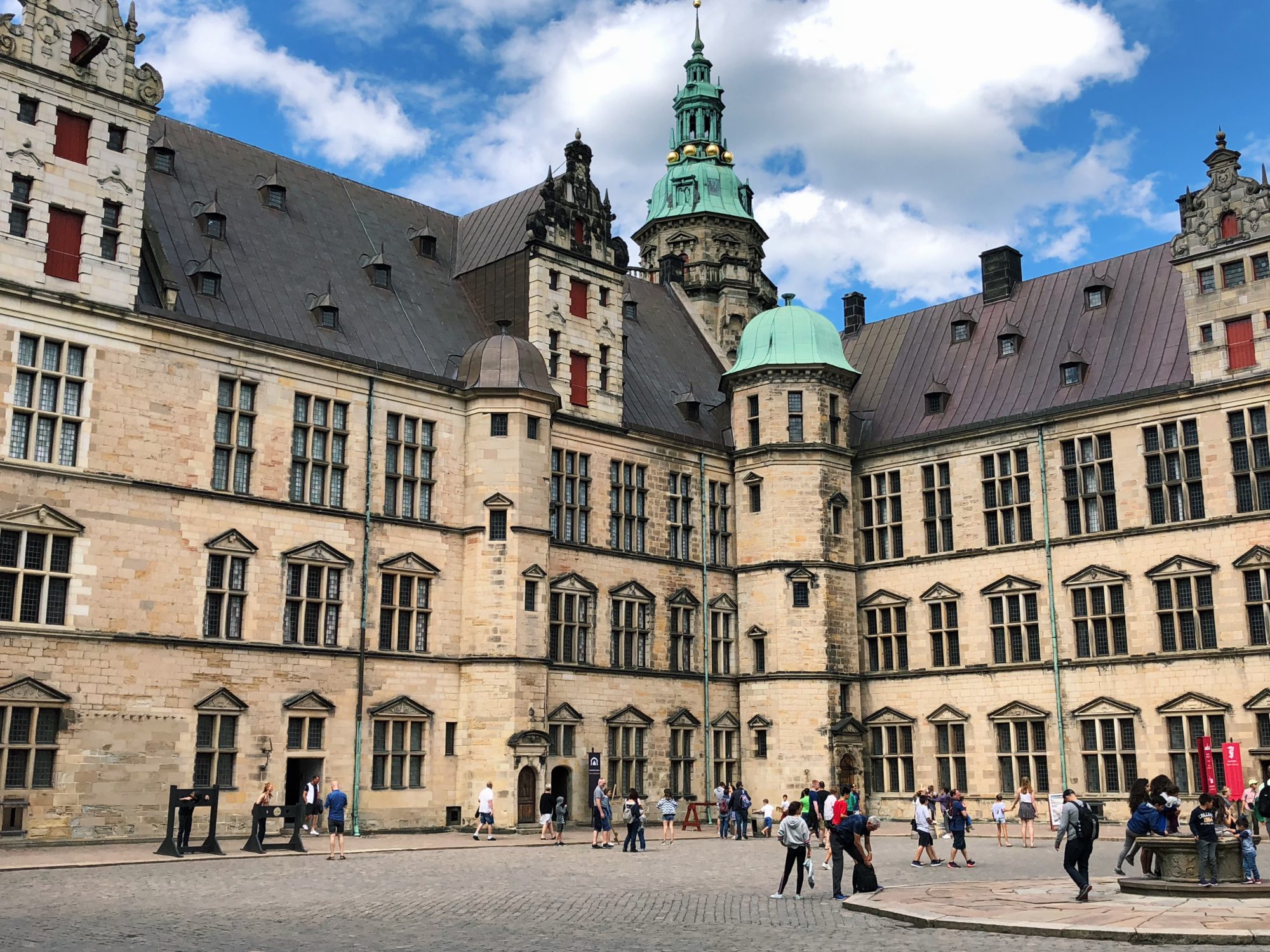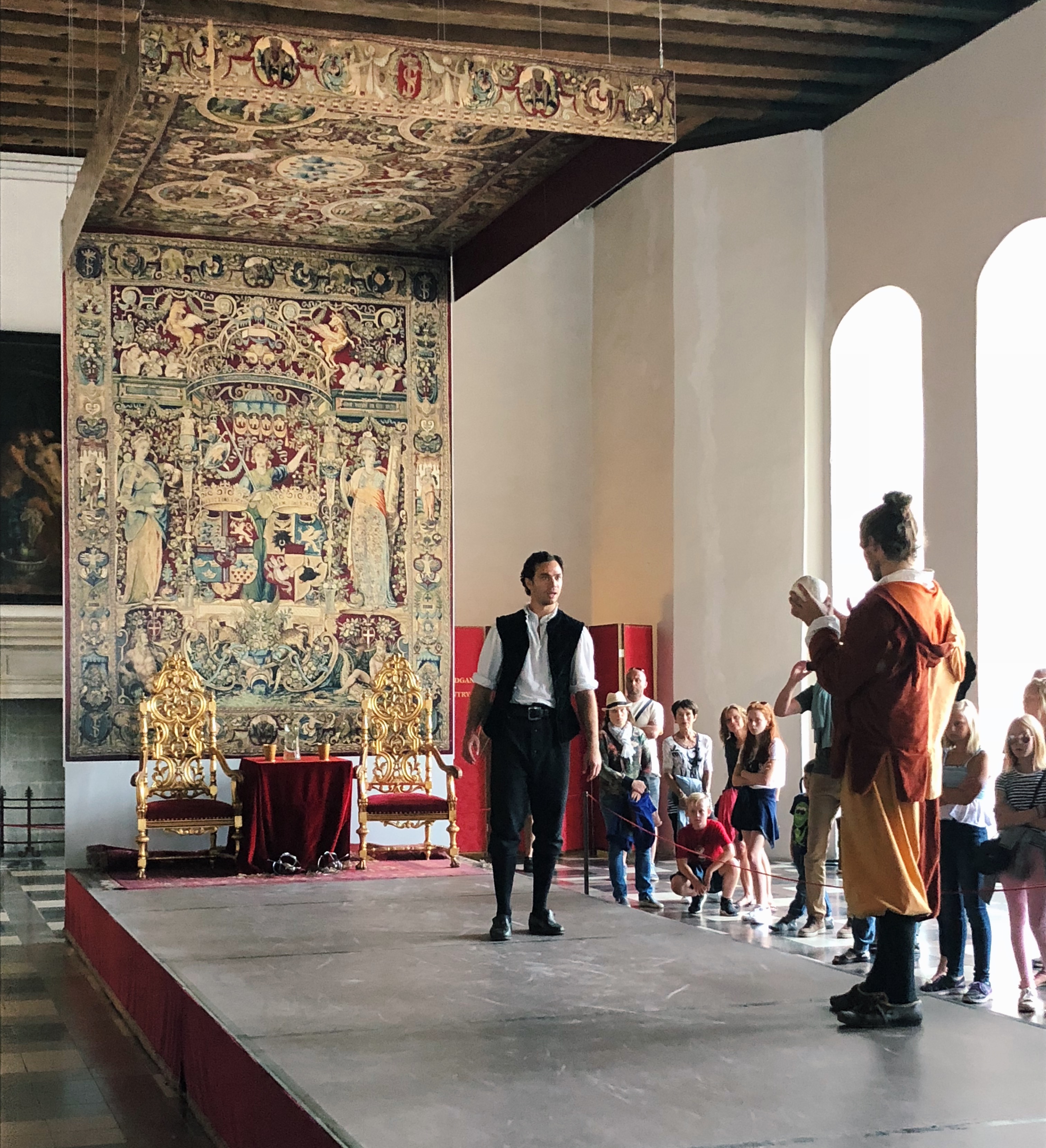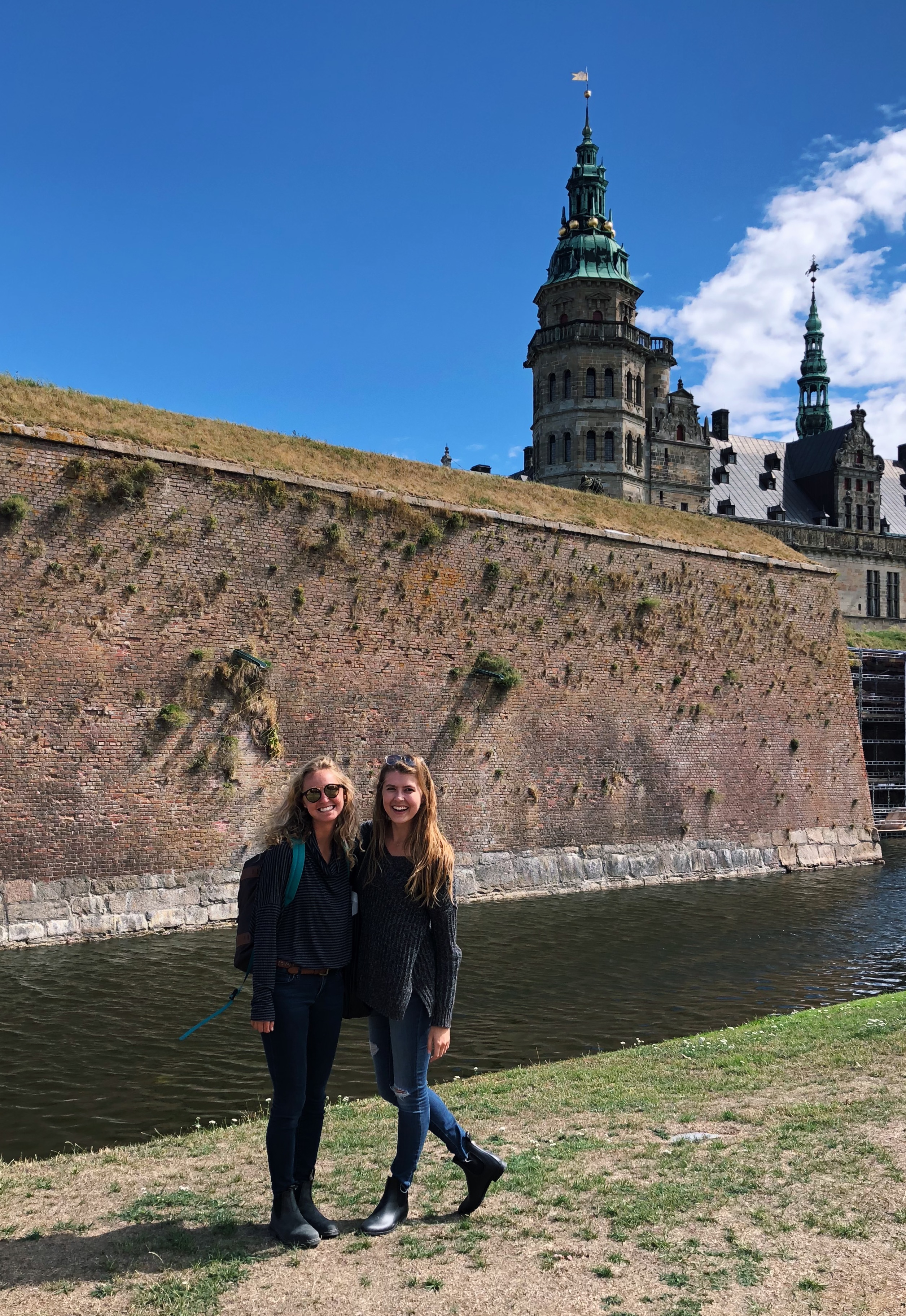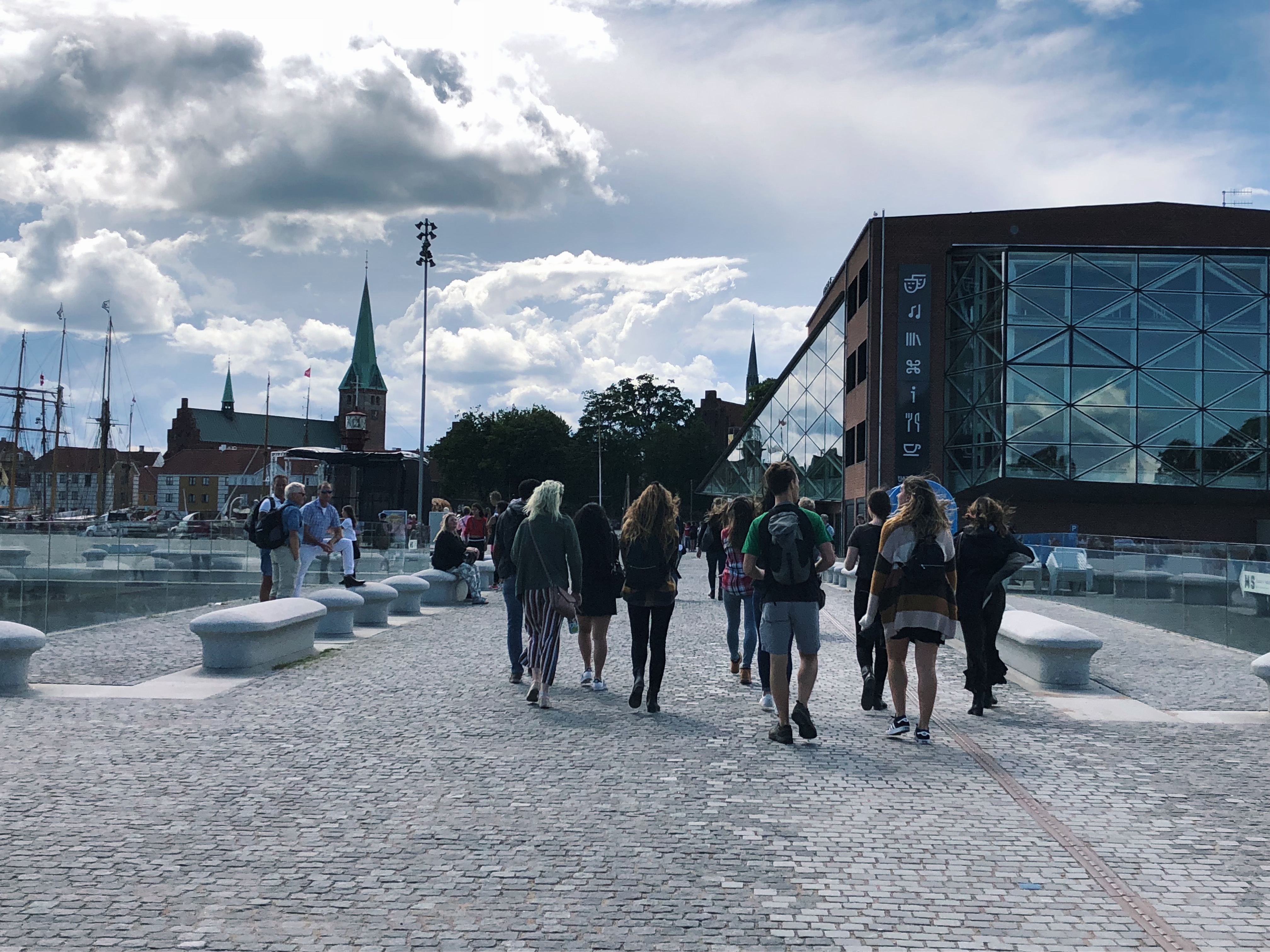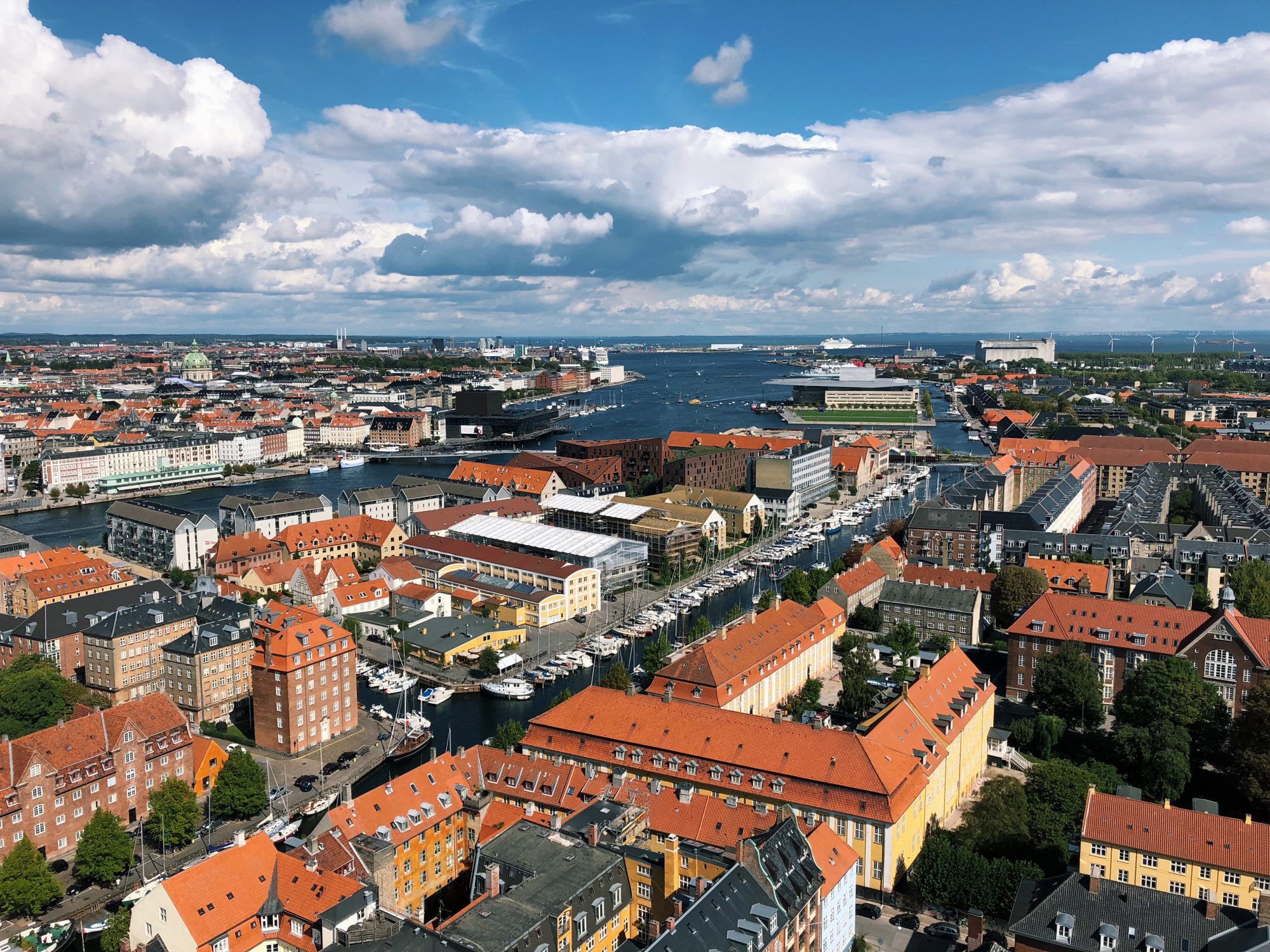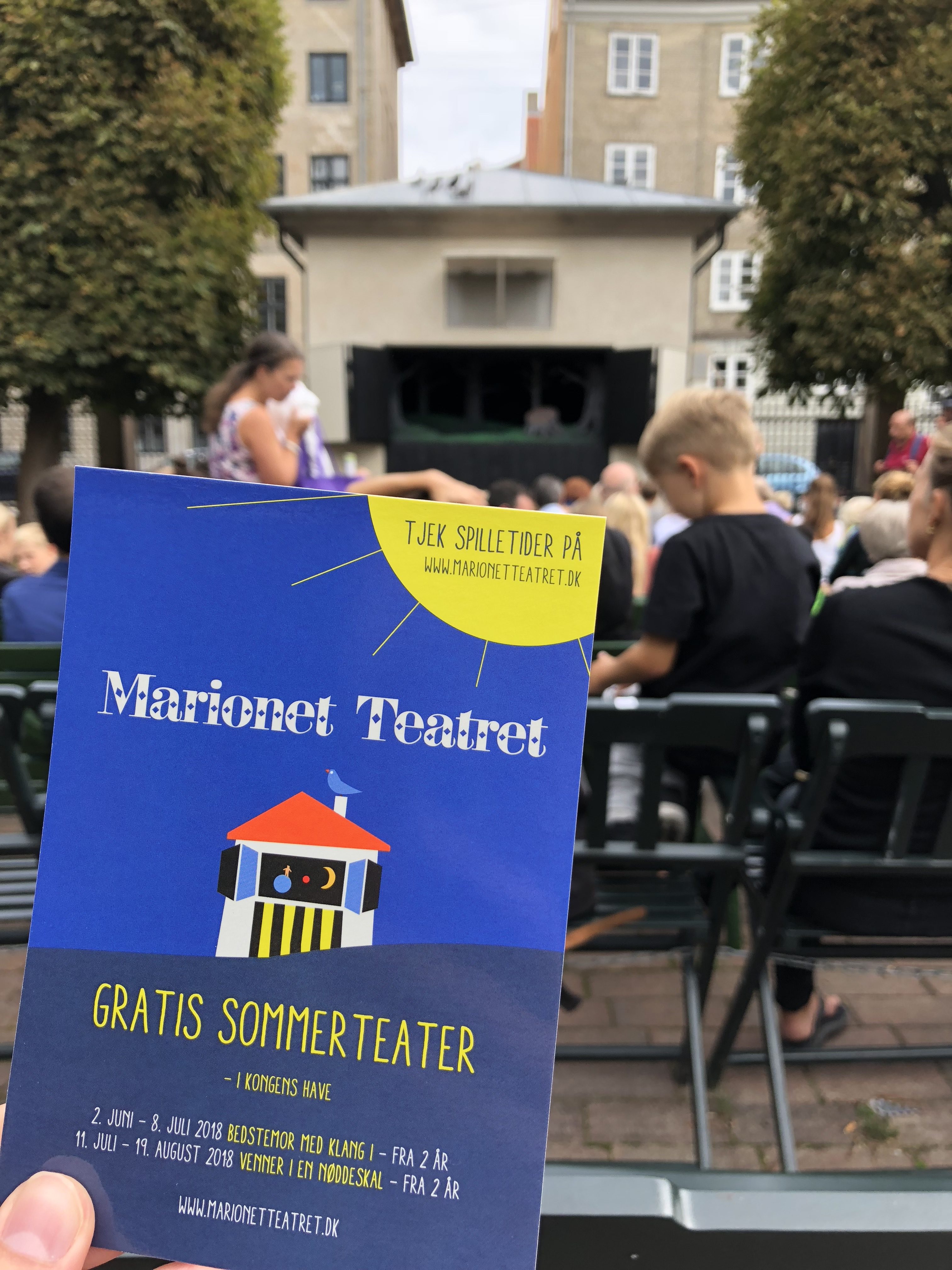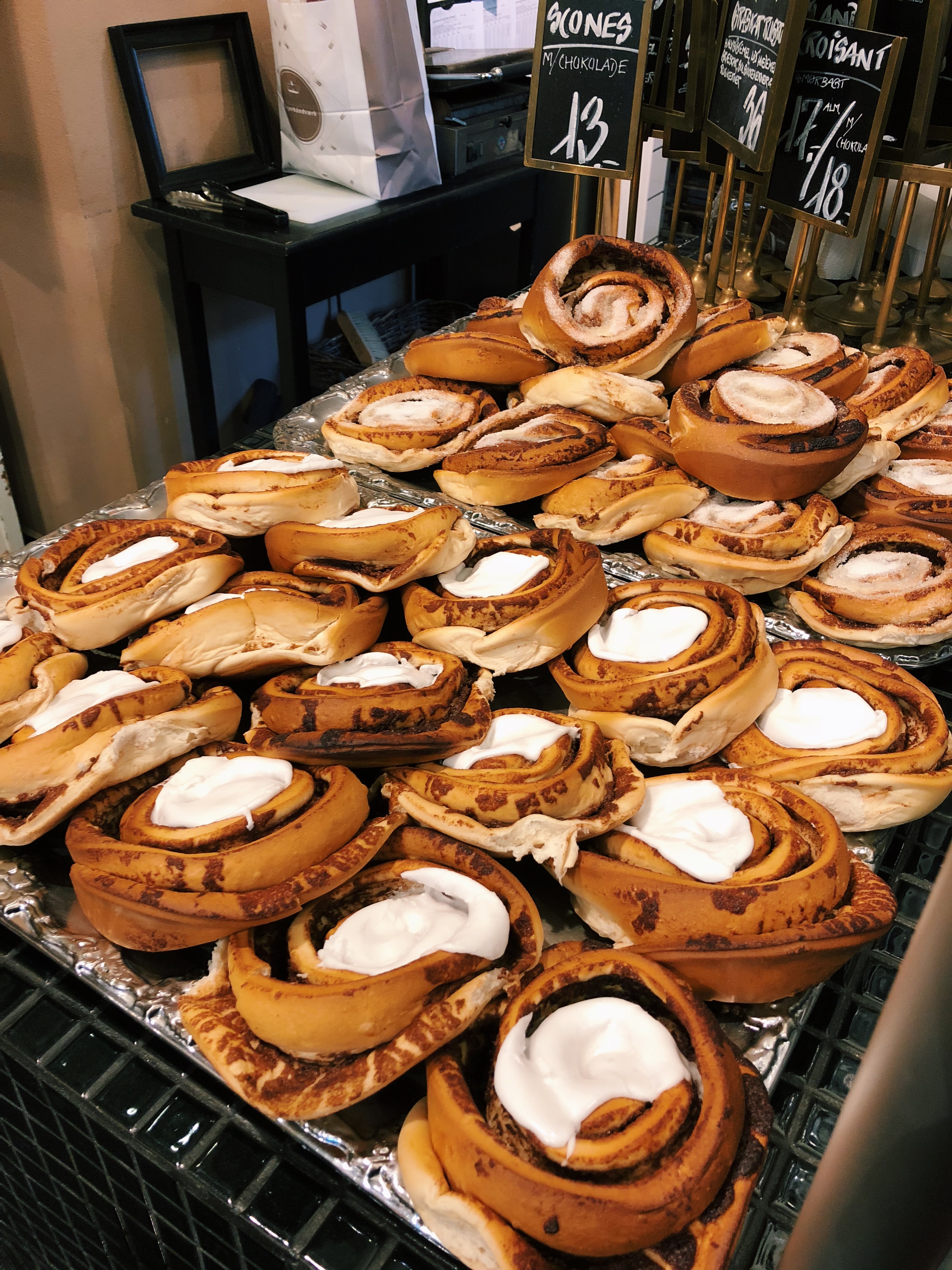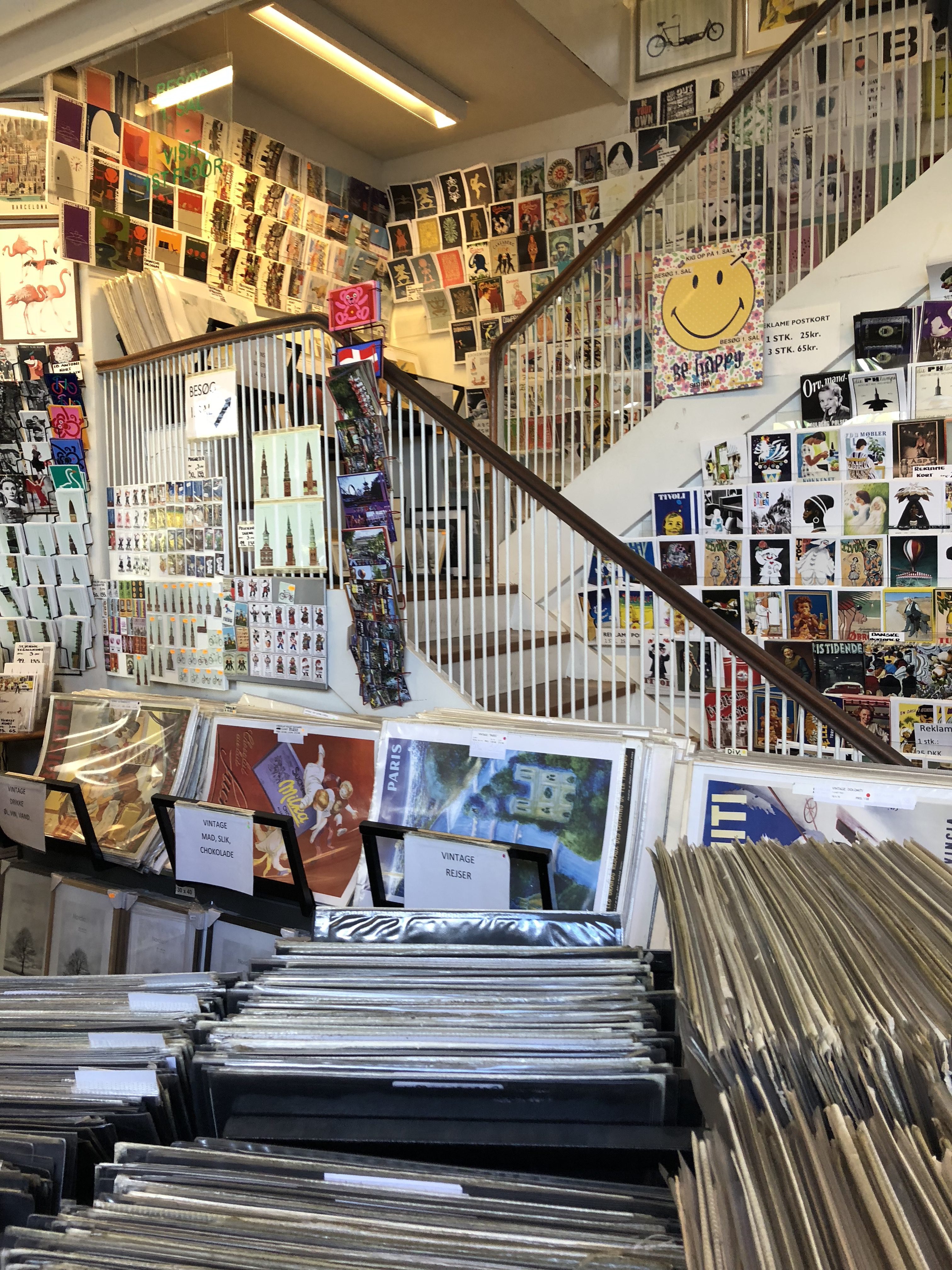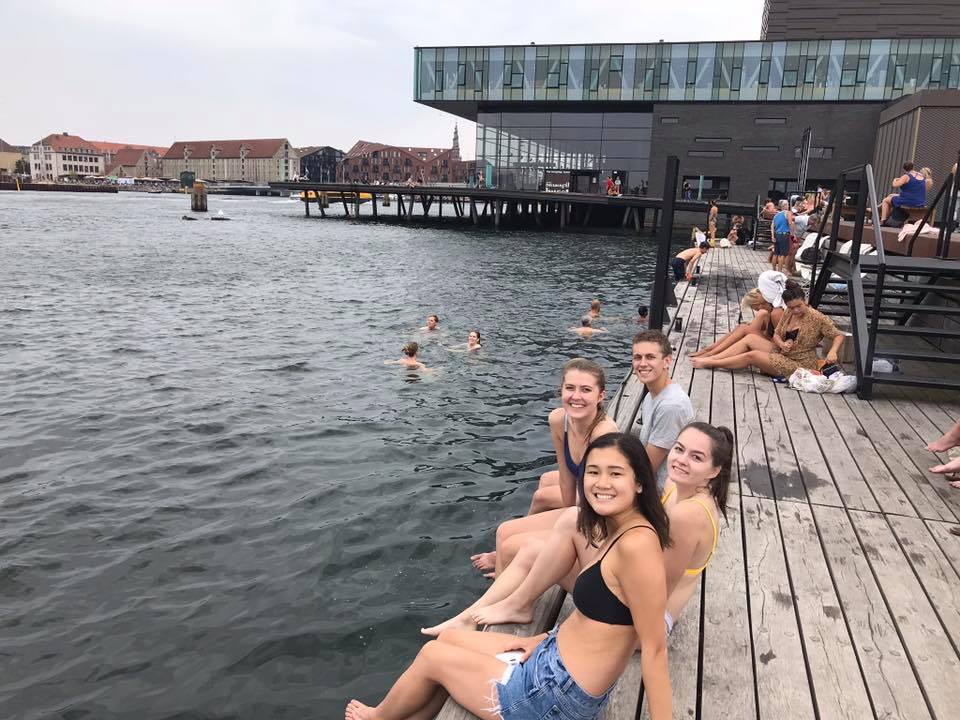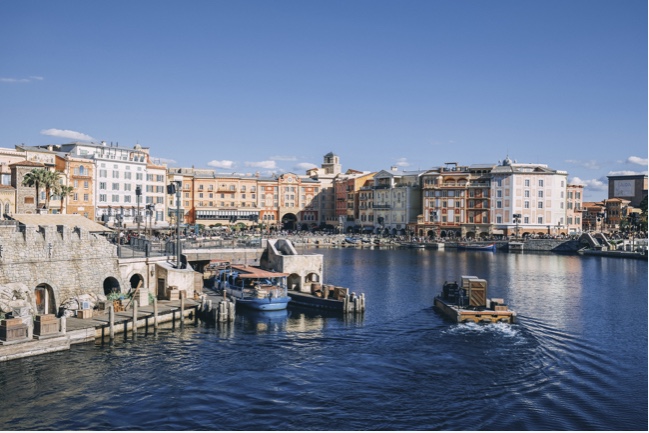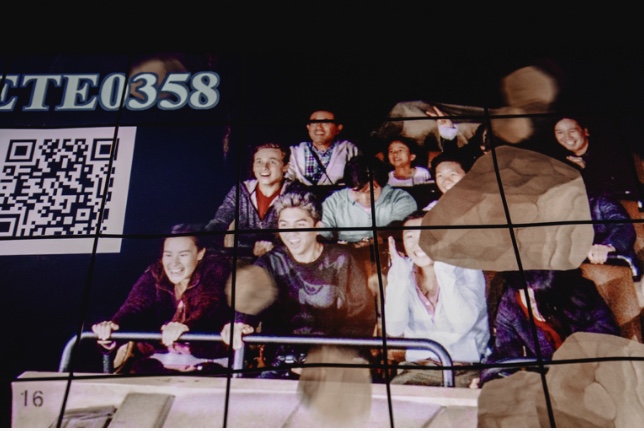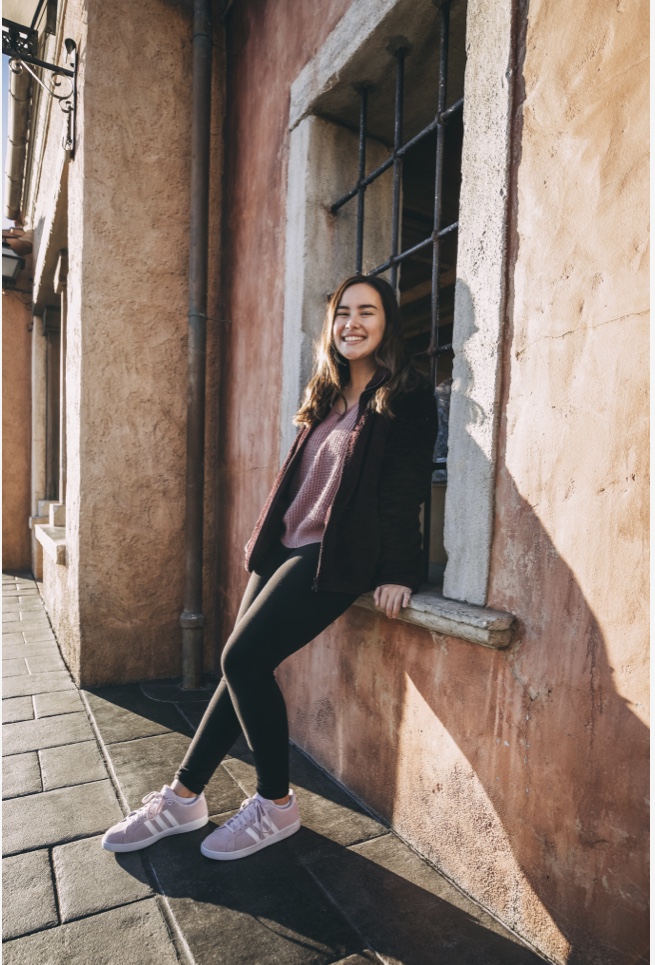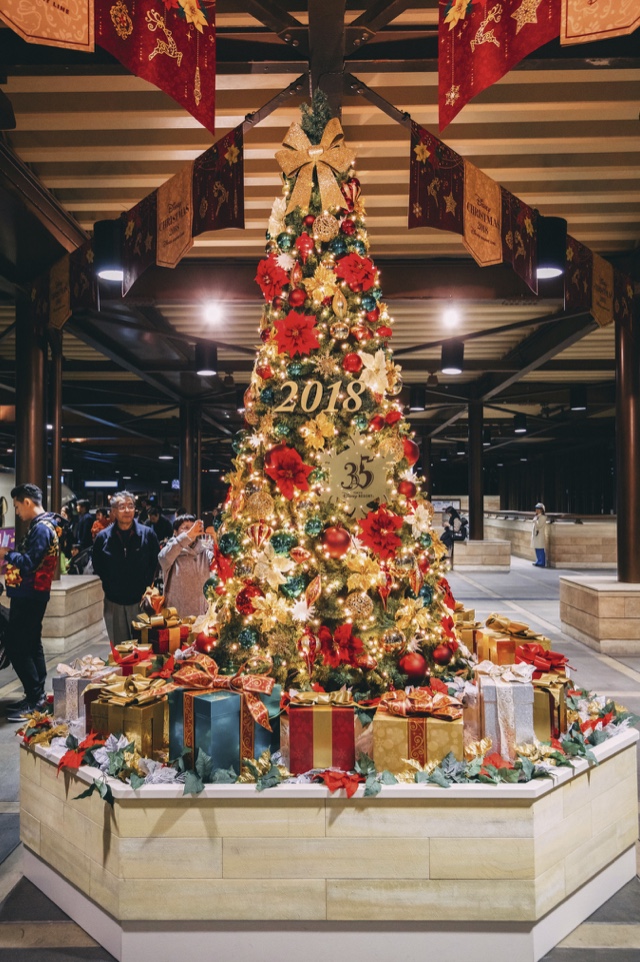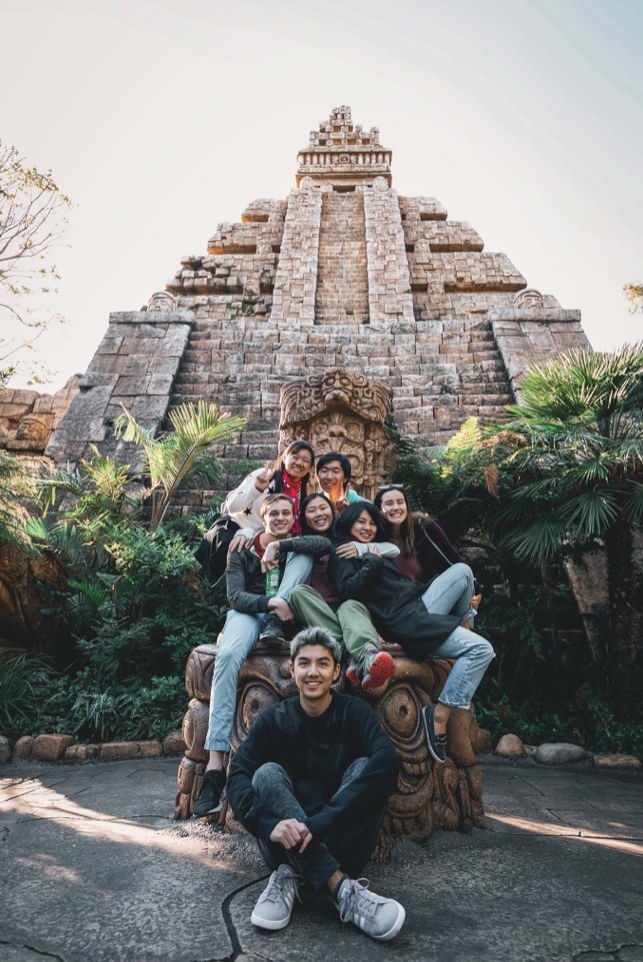Italy | Roman (and Italian) Foods You have to Try
By Andrea Zachrich
Just like many large cities, Rome has some food that is distinctly Roman. Unlike many big cities, everything I tried that was distinctly Roman was delicious, so I thought I would made a list of my favorites. I have also included some Italian foods on this list that you should also try while you’re in Rome or Italy. A lot of these things you can only get in Rome (or they are done the best there), so be on the look out on menus for these items. I don’t have pictures of everything, as I’m not really one to take photos of my meals, but I tried to snag some when I remembered or when it looked particularly delicious.
- Suppli – THIS IS MY FAVORITE FOOD IN THE WHOLE WORLD. Basically, it’s a ball of risotto rice that’s breaded and fried and it’s bomb. There’s often cheese or meat in the middle. My favorite flavor is just the classic red sauce with cheese, but they come in all kinds of flavors such as cacio e pepe(cheese and pepper). Another variation is called aracini (found in Southern Italy and Sicily), that’s shaped more like teardrop, but is basically the same concept – a fried ball of risotto rice. The picture below is of aracini from Palermo because I ate the suppli too fast everytime to get a picture. It’s usually served as an appetizer or you often find them as snacks in to-go restaurants for around a euro. My Italian friend recommended them to me, and I think I had one just about every day.
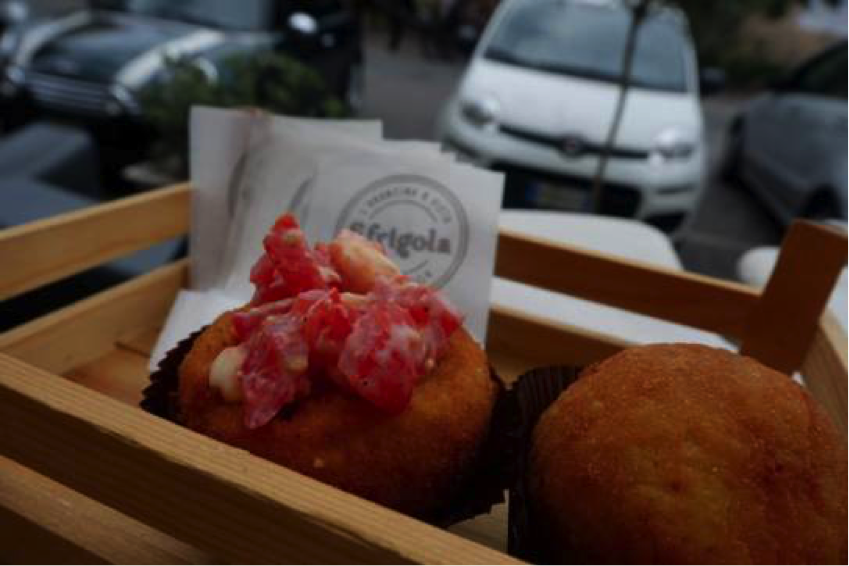
- Cacio e Pepe – a fan favorite for dinner in our study abroad group. This dish can be best described as adult mac ‘n cheese. It’s spaghetti noodles with cheese (usually grana or parmesan) and black pepper mixed with a little bit of the used pasta water to make in more creamy. It sounds simple, but its very good.
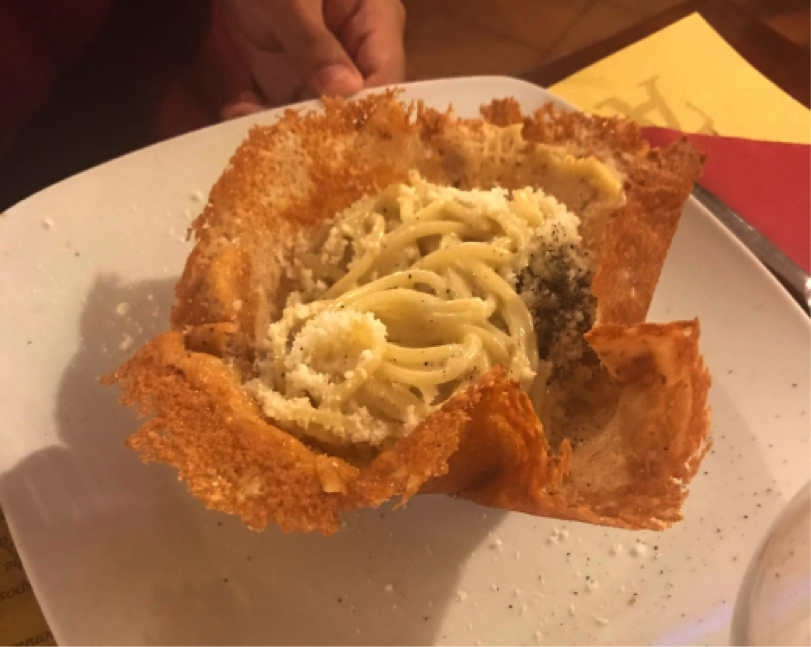
- Gricia – This is cacio e pepe but with meat added – usually pork belly or pork cheek. It’s not as common as cachio e pepe, but I like it more because the meat adds a kind of smoky flavor.
- Carbonara – very similar to Gricia, but with egg added in the sauce. This is more common on menus and considered distinctly Roman.

- Amatriciana (fun word to say) – This is another pasta dish similar to the ones described above, but it’s made with a red sauce instead of a cheese sauce. There’s usually pork belly or pork cheek in the sauce (although it often says bacon on menu translations into English).
- Fried artichokes (carciofi is the Italian word for artichoke) – These are very good. I couldn’t tell you why, but these kind of taste like potato chips, but better.
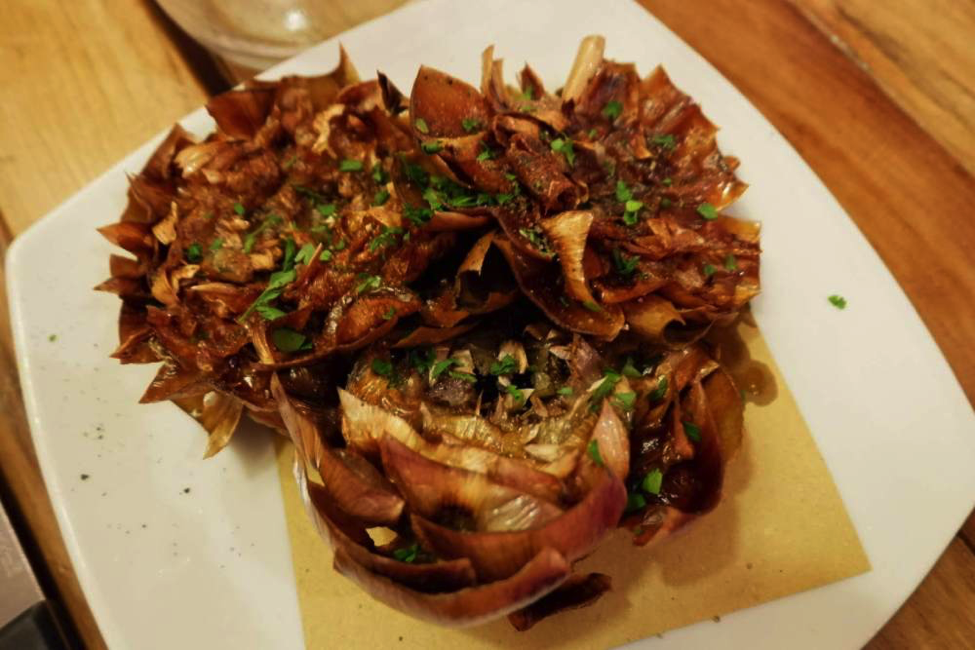
- Saltimbocca – I was a little skeptical of this at first, but it grew on me. It’s veal with ham and herbs (usually sage). It can be a little more expensive, but it’s pretty tasty.
- Pizza – you can’t go to Italy without eating pizza. Many places actually serve pizza by the weight instead of by the piece (it’s awesome and usually a really good deal). As you can tell by the photos below, we ate a lot of pizza!
- Pasta alla Vongole – If you like clams, this dish is for you. Before I came to Italy, clams weren’t really my favorite. I thought they tasted like you stuck your head in the ocean and opened your mouth. BUT, I really enjoyed vongole whenever I had it in Italy. It’s in-shell clams in a simple garlic sauce tossed with pasta. Best part of about eating it in Italy is that it’s usually not more than a euro more than the rest of the pasta dishes, unlike in the US where clams can get expensive!
- Charcuterie Board – You cannot go to Italy without eating some meats and cheeses. There’s various different names for this kind of appetizer in Italy, but keep your eyes out for something with a bunch of different meat and cheese names on the menu. Or, go to a salumeria (meat shop), get the ingredients to make your own, and go sit down by the Tiber or another scenic spot and have a picnic.
- Bruschetta – a classic. Toasted bread with olive oil, salt, and toppings. Often fresh tomatoes or olives. Some restaurants get creative, but I prefer the classics tomato and olive oil.
- Focaccia – This bread is everything good in life. It’s a flat, simple bread often flavored with herbs and olive oil. The most classic ones will just have olive oil and salt, some have herbs such as rosemary, and some even get more creative and bake olives or cheese into the bread. The best ones have a slightly crispy outside and a soft, fluffy inside.
- Gelato with panna – well, of course! You probably know what gelato is, but I view it as basically upgraded ice cream. Panna is the Italian version of whip cream, it doesn’t have the pressurized air, so you’re basically getting another scoop of gelato.
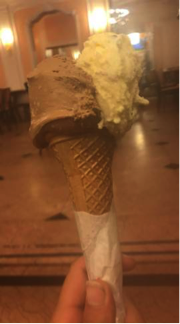

- Tiramisu – If you’ve never tried tiramisu, you’re missing out. It’s ladyfingers that are dipped in coffee and layered with a creamy filling. Good news too – you can make this at home fairly easily!
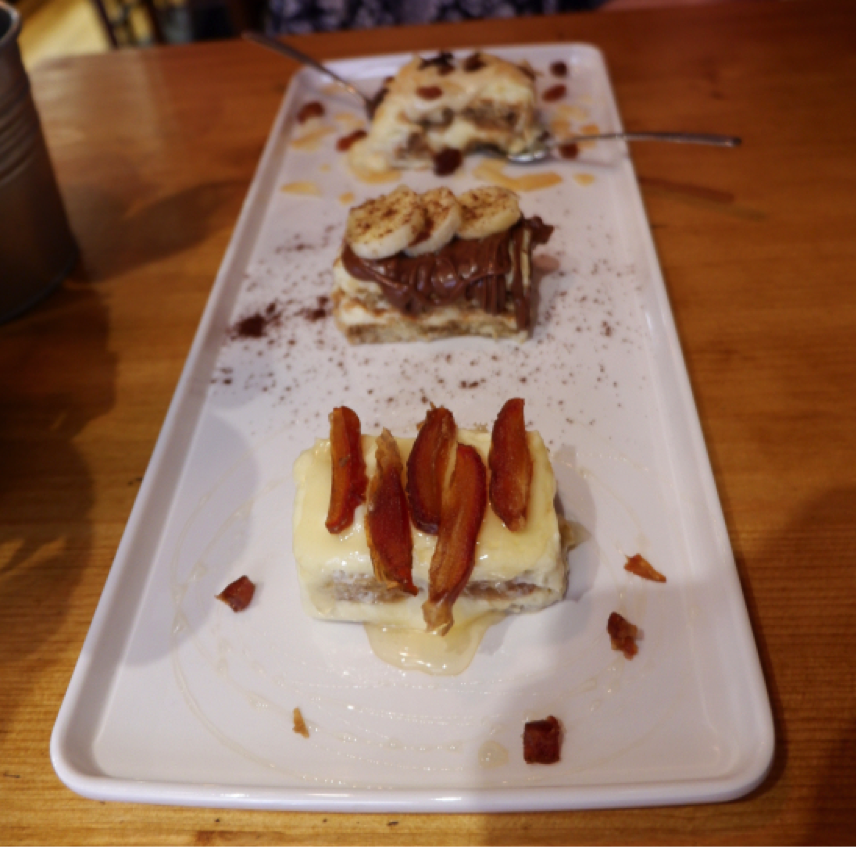
- Canolis – This is more of a Sicilian specialty, but I had some delicious ones while in Rome too. I grew up eating canolis. My great-grandma used to make a million little tiny ones for holidays. It’s a shell of dough that’s fried until its crunchy filled with a ricotta cheese and sugar filling. Sicilian ones (which are the ones you want) often dip the shells in chocolate and have sugared orange slices on the filling.
- Cornetto – This is the Italian version of a French croissant. They’re usually a little less sweet, and can come in more flavors and with more fillings such as marzipan and nutella. When my brother and I visited relatives in Sicily, this is what they served us for breakfast every morning (we were very spoiled) and I think it’s usually viewed as a breakfast food.
- Granita – picture a slushie, but it’s actually made with real, fresh fruit, and you get a granita. These things are so freaking good. My favorite flavors are strawberry and lemon. I especially like them because they’re not too sweet (with the exception of chocolate, I usually stick to more sour and bitter desserts). In Rome, you’ll usually see them in a spinning slushie machine similar to ones in the US. In Southern Italy (where they’re better, honestly) they scoop them like gelato out of metal containers in a freezer. They’re both delicious, and a nice, cheap treat to cool you down in the Roman summer heat!
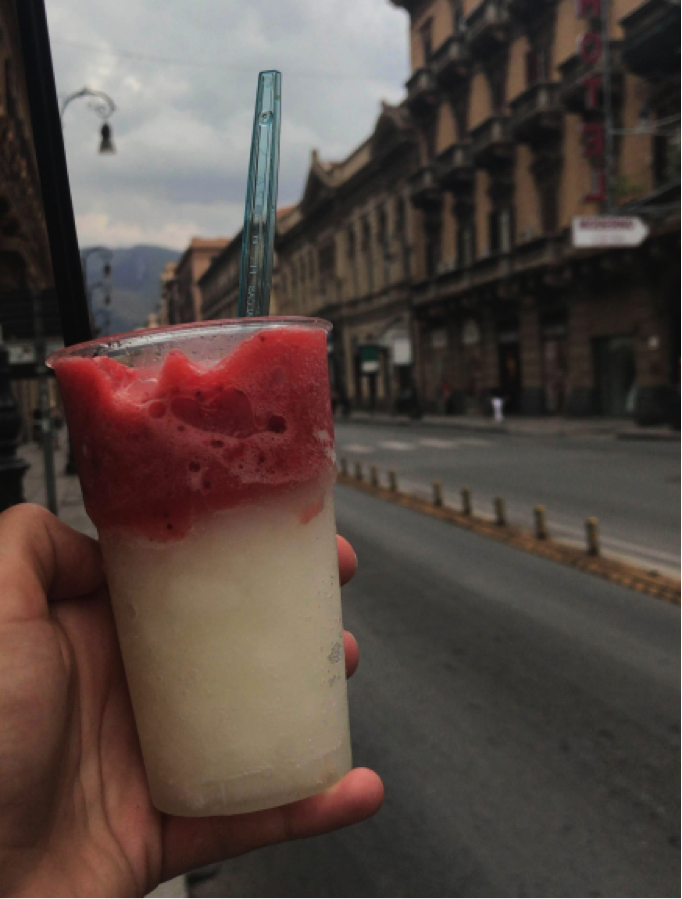
- Cappuccino – Coffee in Italy is amazing. Again, you probably already know what a cappuccino is, but if you don’t, its espresso with steamed milk usually topped with a little foam. You can often find them for under two euros in Rome, but only if you eat at the counter of the bar instead of sitting down (which you should!)
- SIDE NOTE: Italian servers will correct you if you do not pronounce espresso correctly. It’s es-press-o with a “s” in there, not ex-press-o (no “x”).
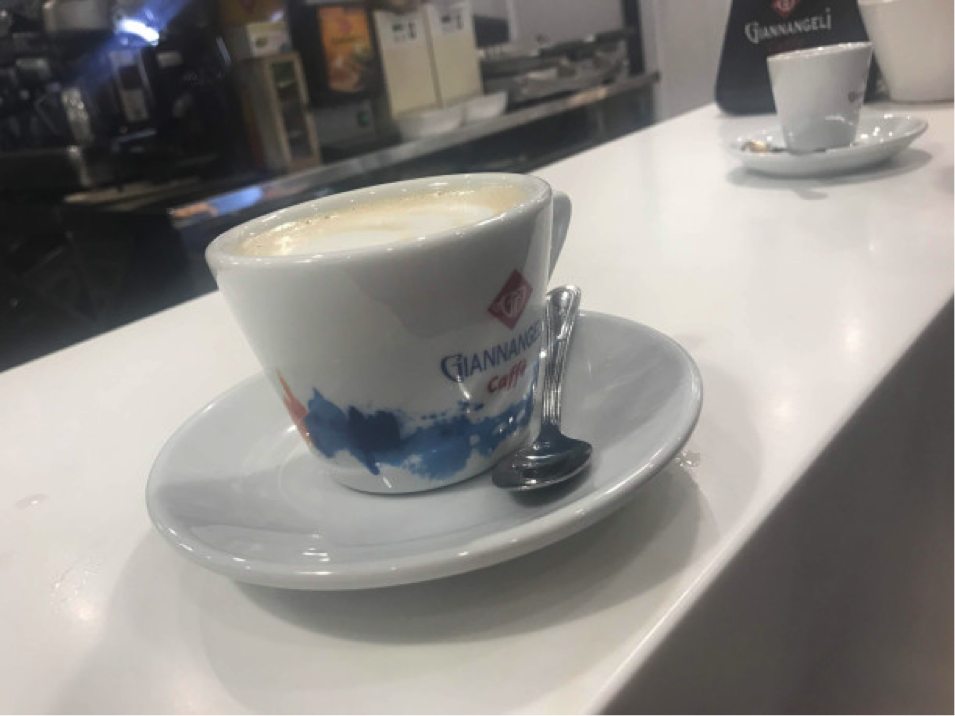
- Crema di Cafe – I think I might have touched on this in an earlier post, but this was my second favorite new food item I found in Rome (with suppli being the first, of course). Picture a really strong and not overly sweet coffee milkshake that’s often so thick you eat with a spoon, yum!
Go forth and eat lots of good food! There’s amazing food to be found all over Italy, and I had some of the best food I’ve eaten in my life while I was there (and writing this post really made me crave some!). Make sure to try these Roman and Italian dishes while you’re there, because some of these you can’t get in the US (or, at least, I haven’t found them yet)!


